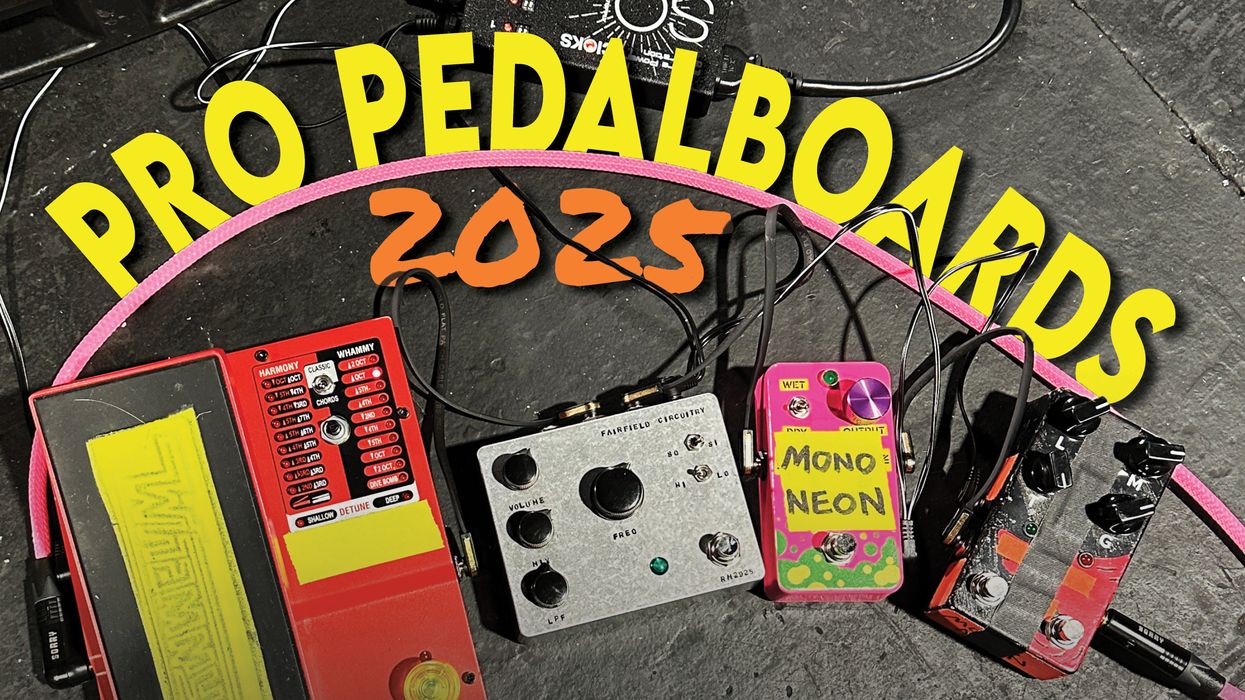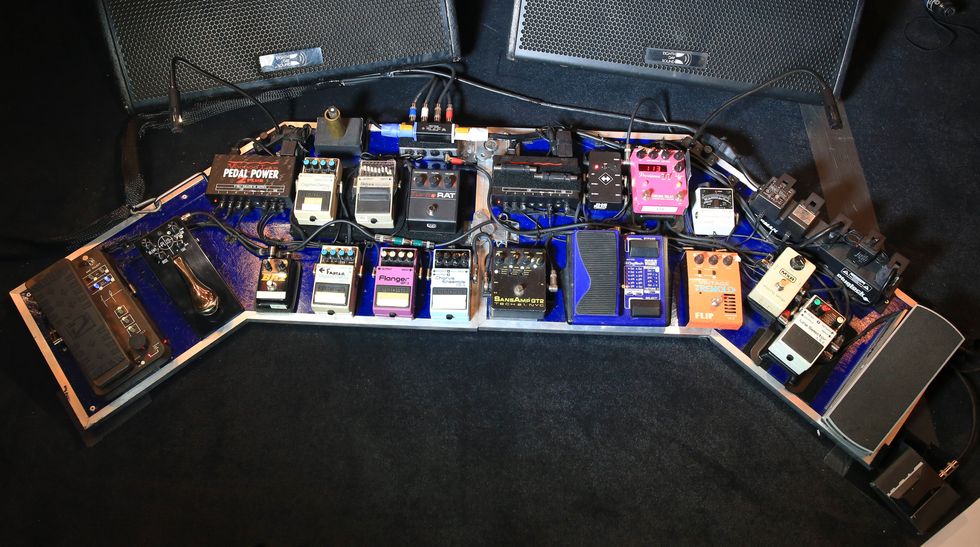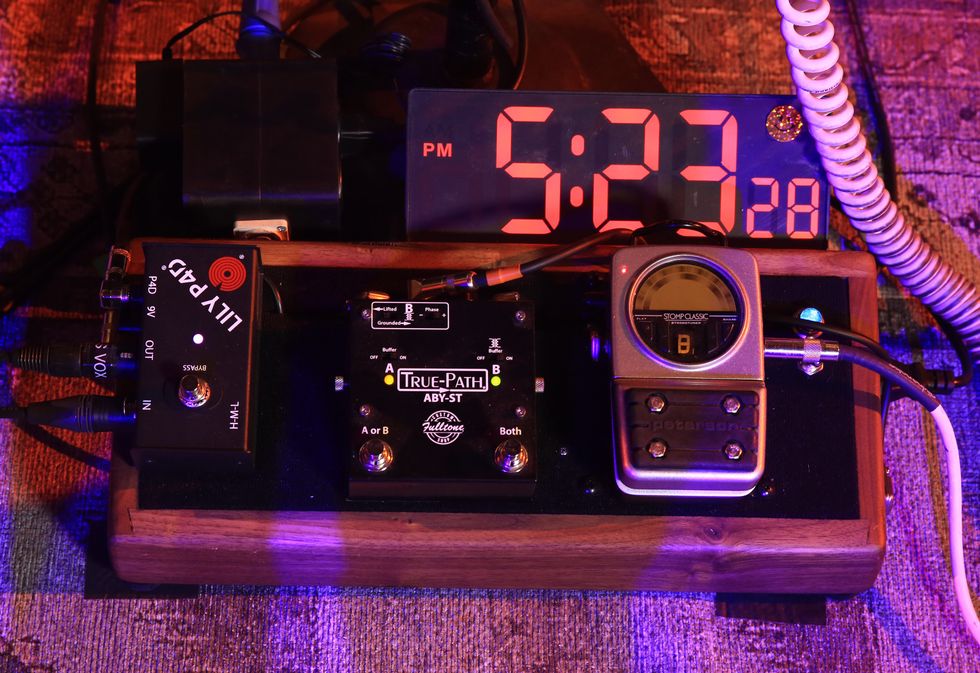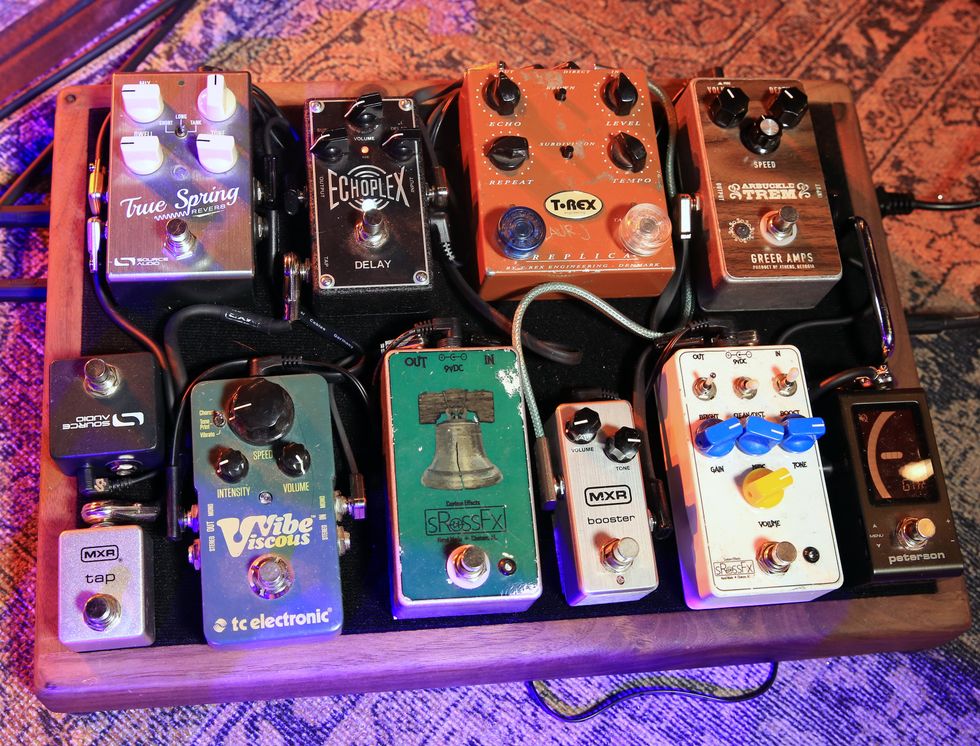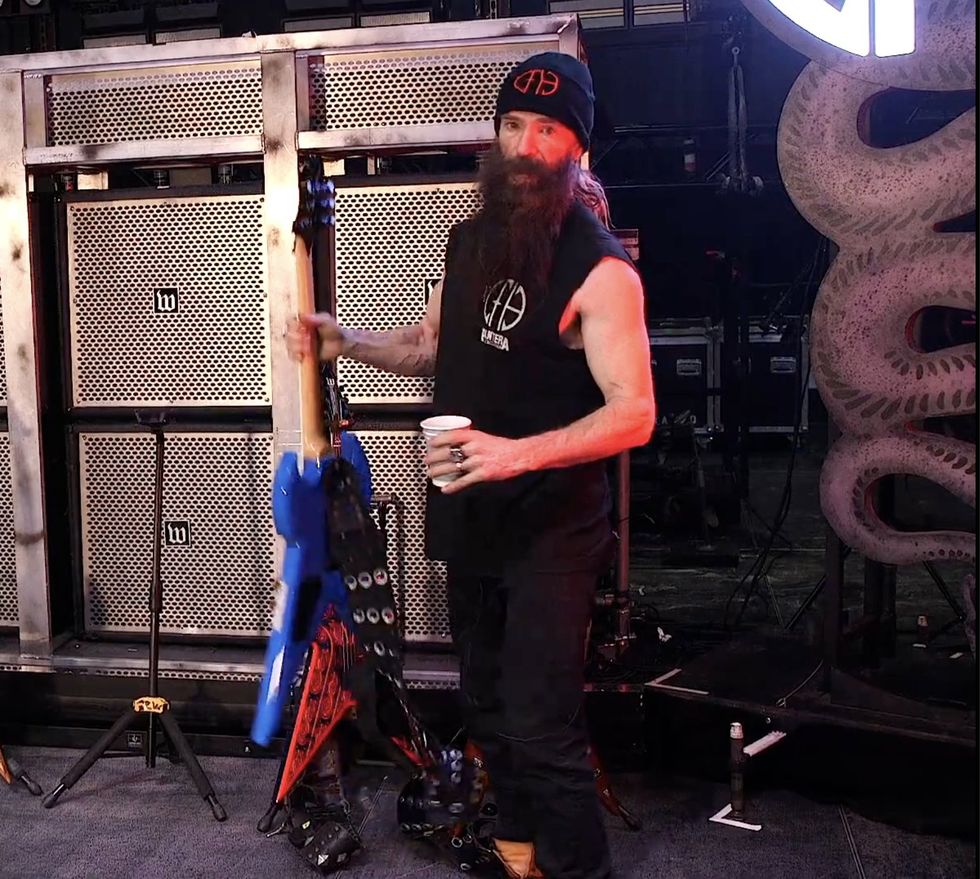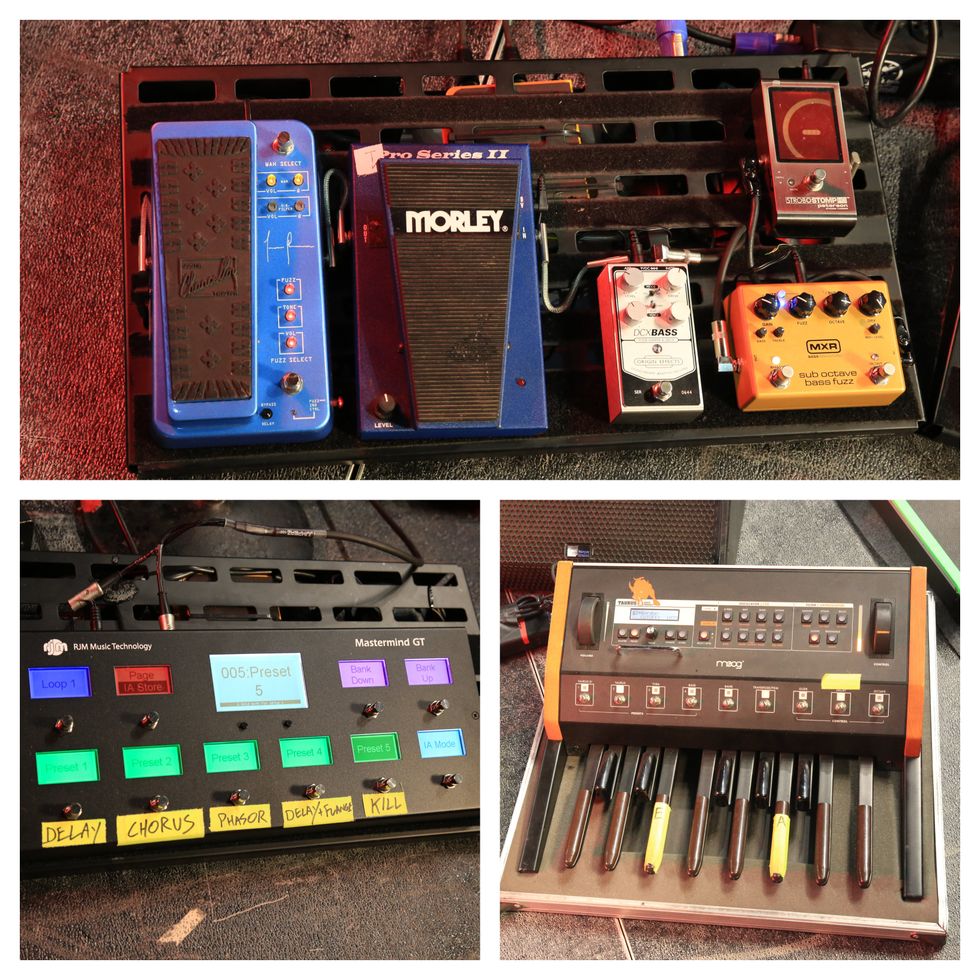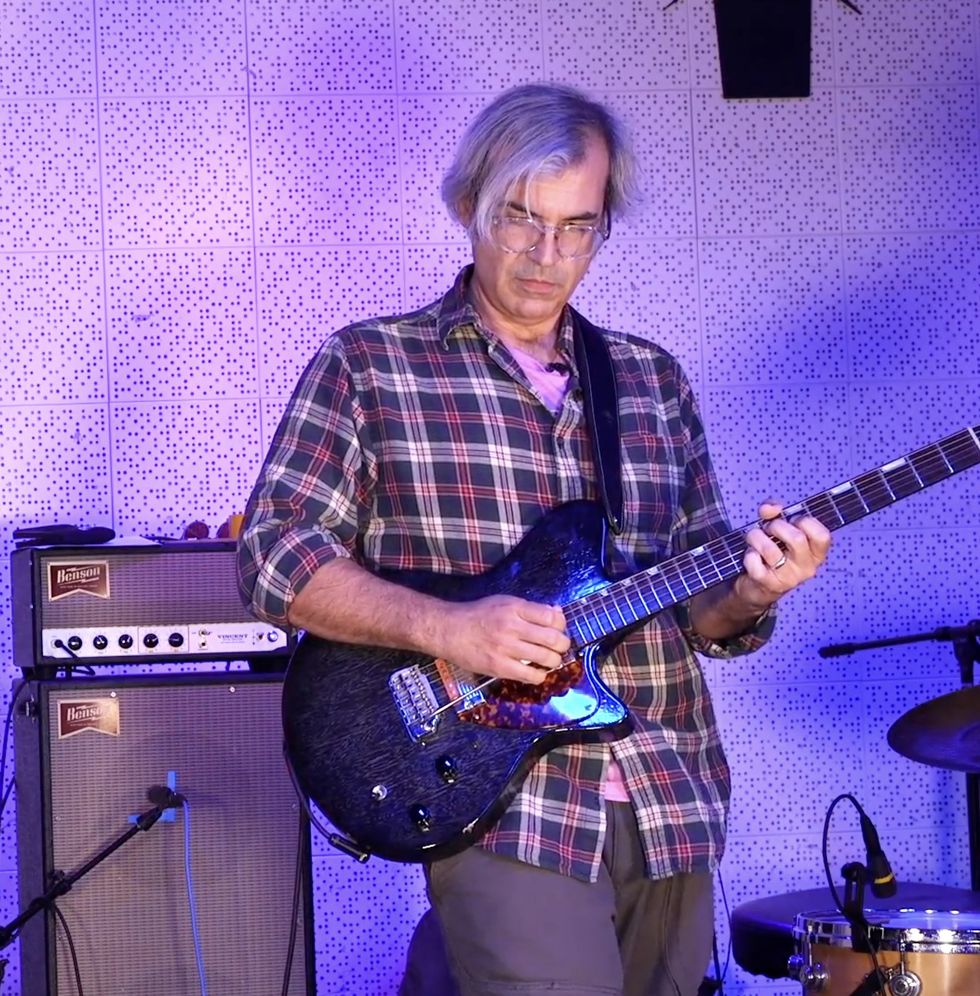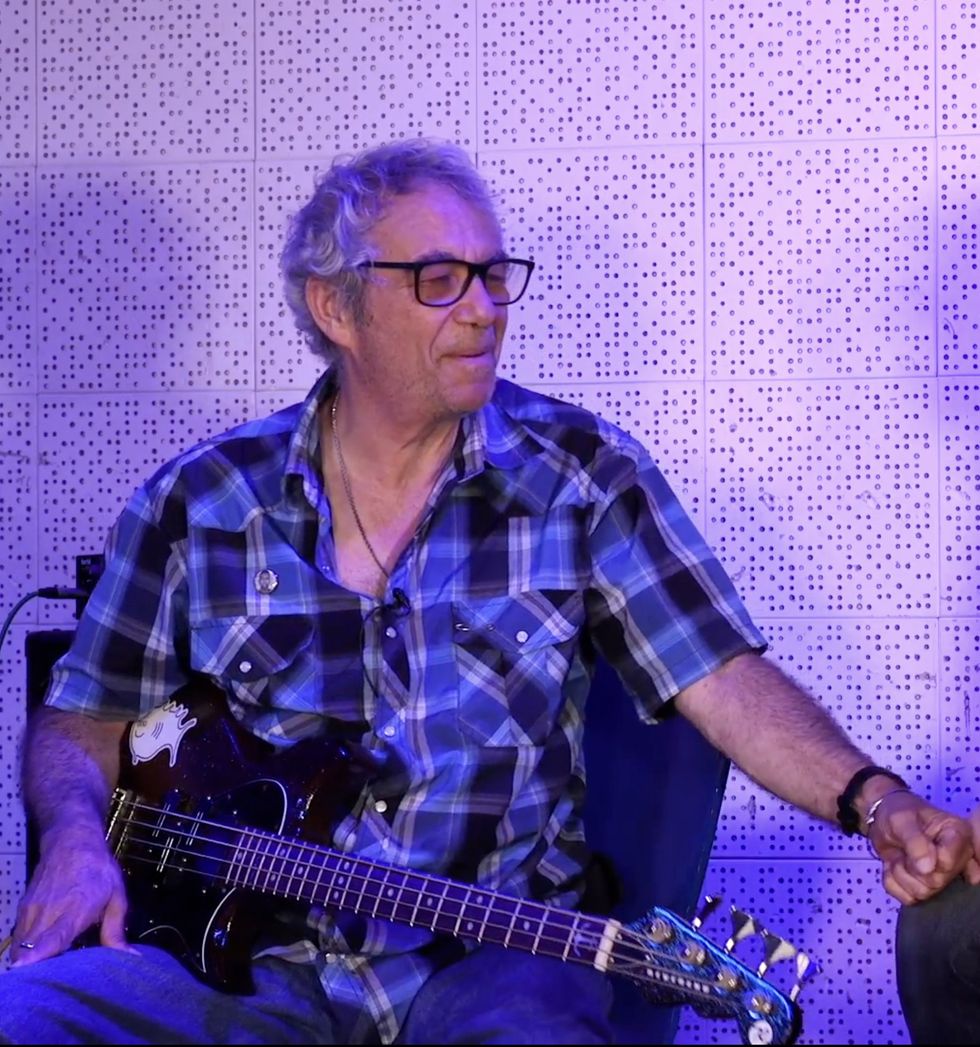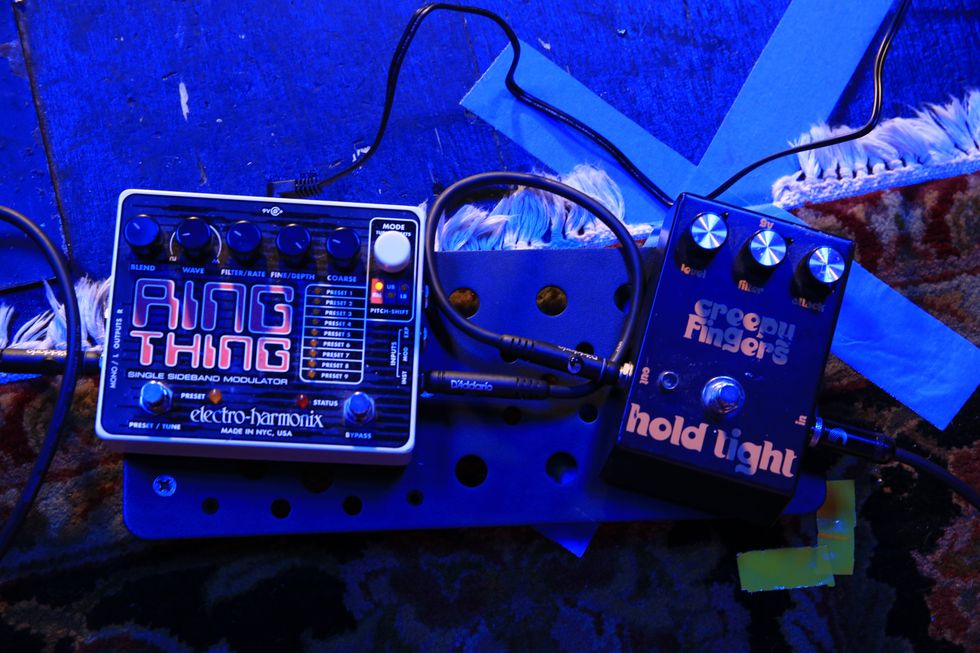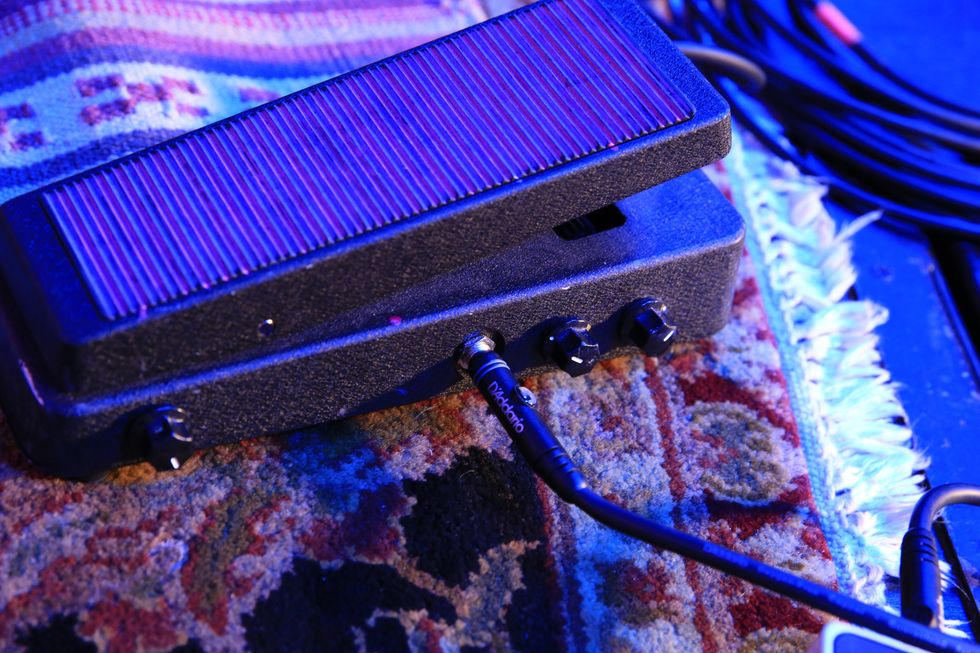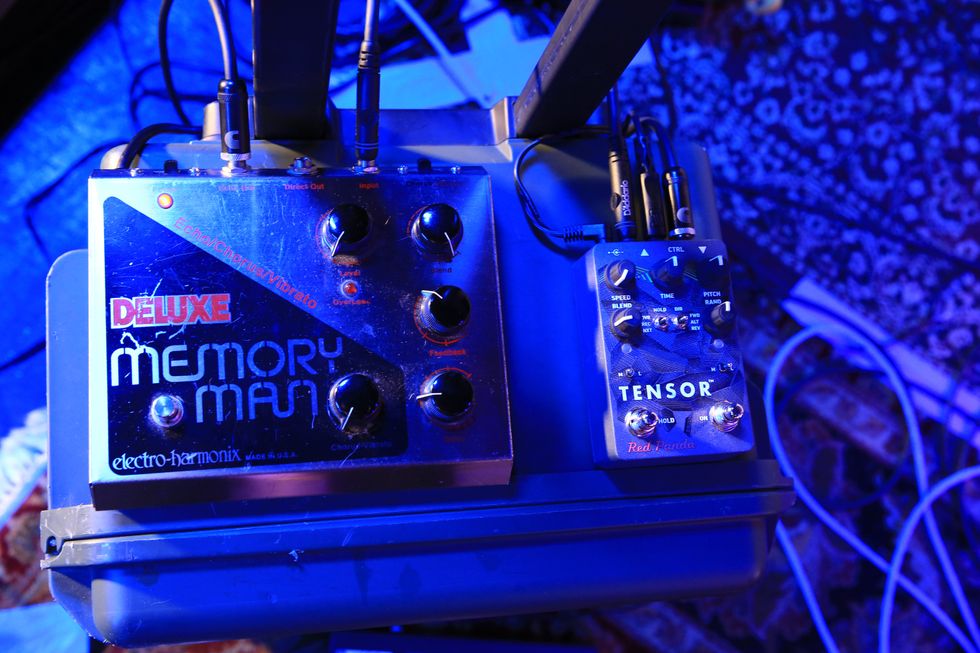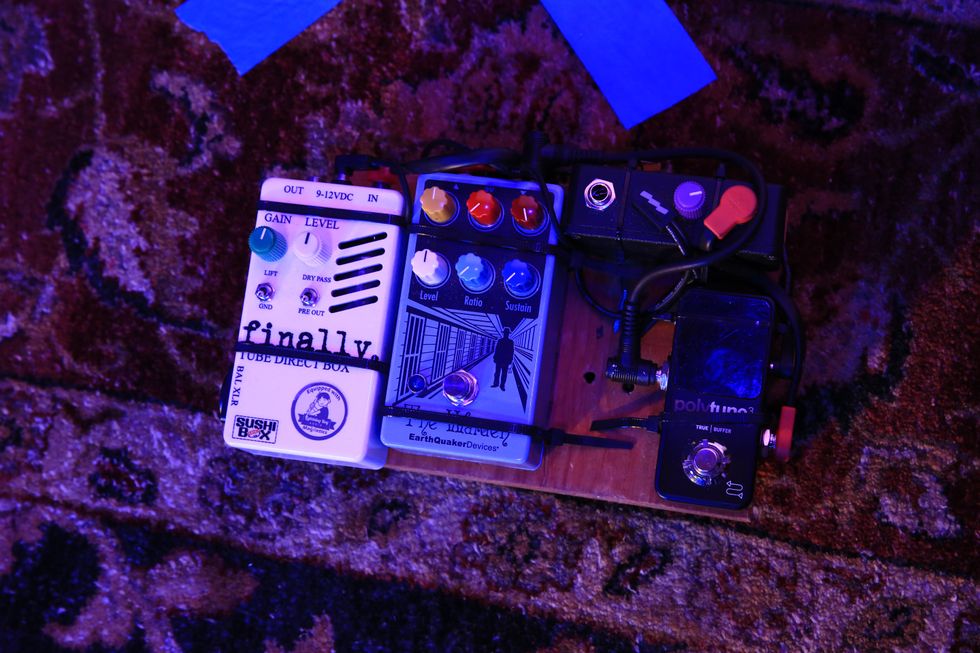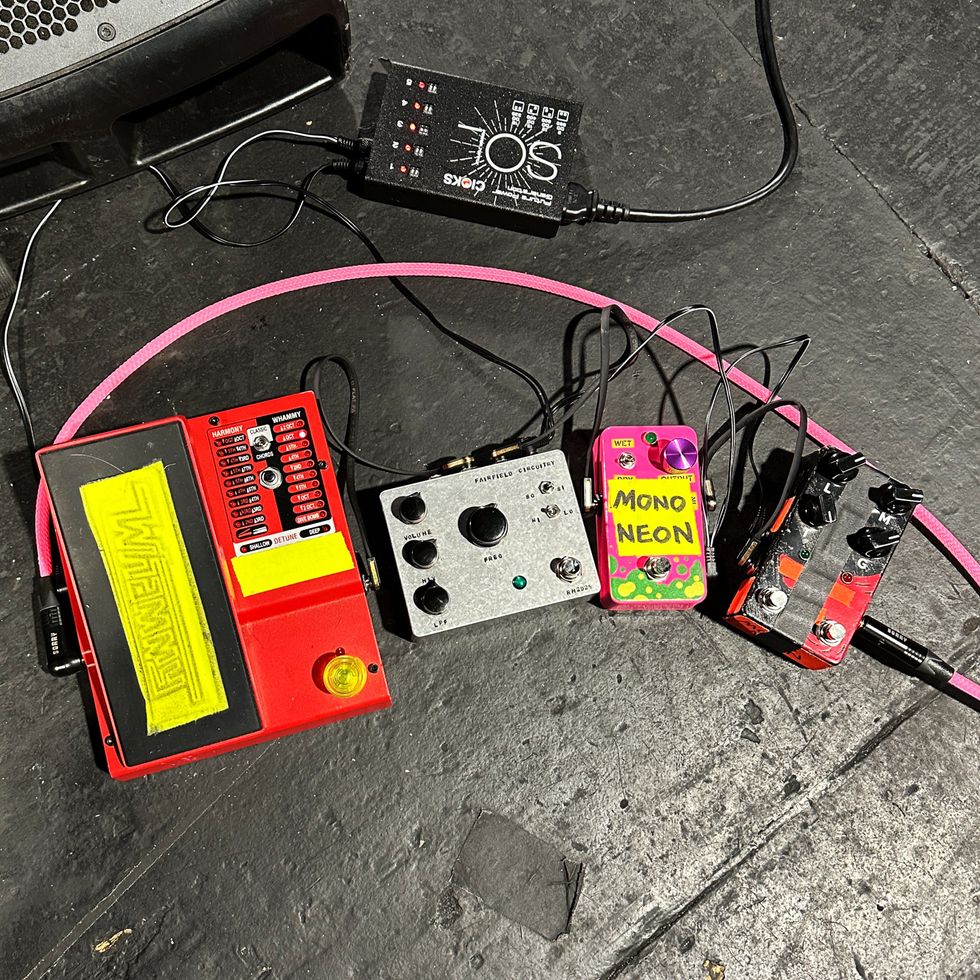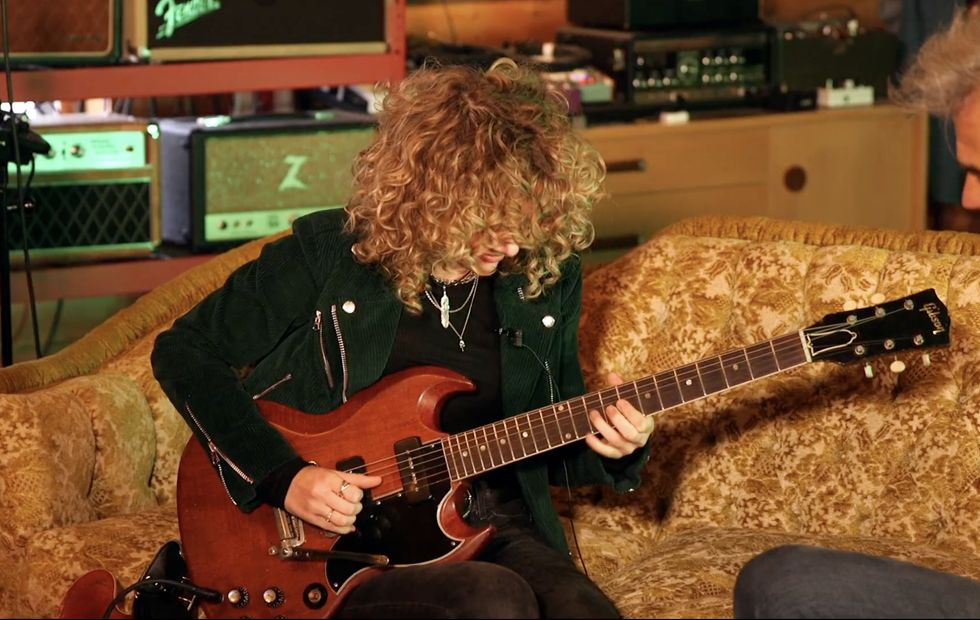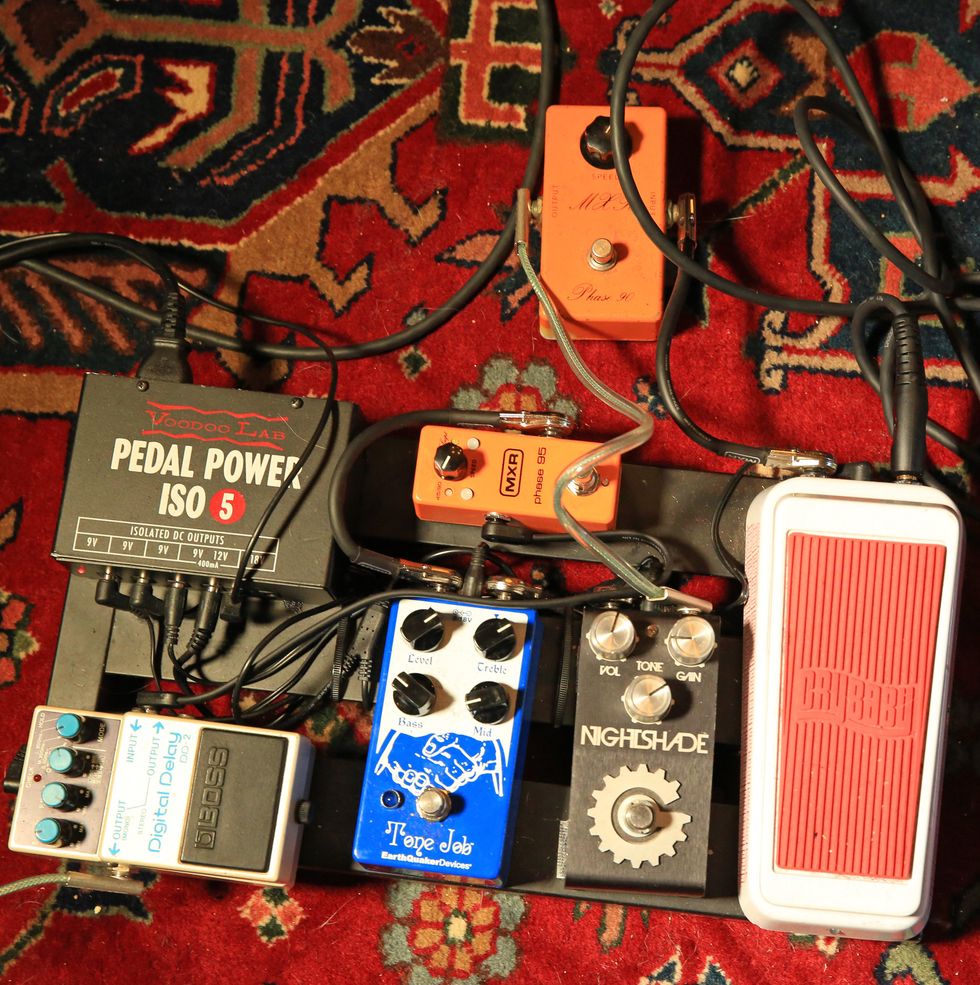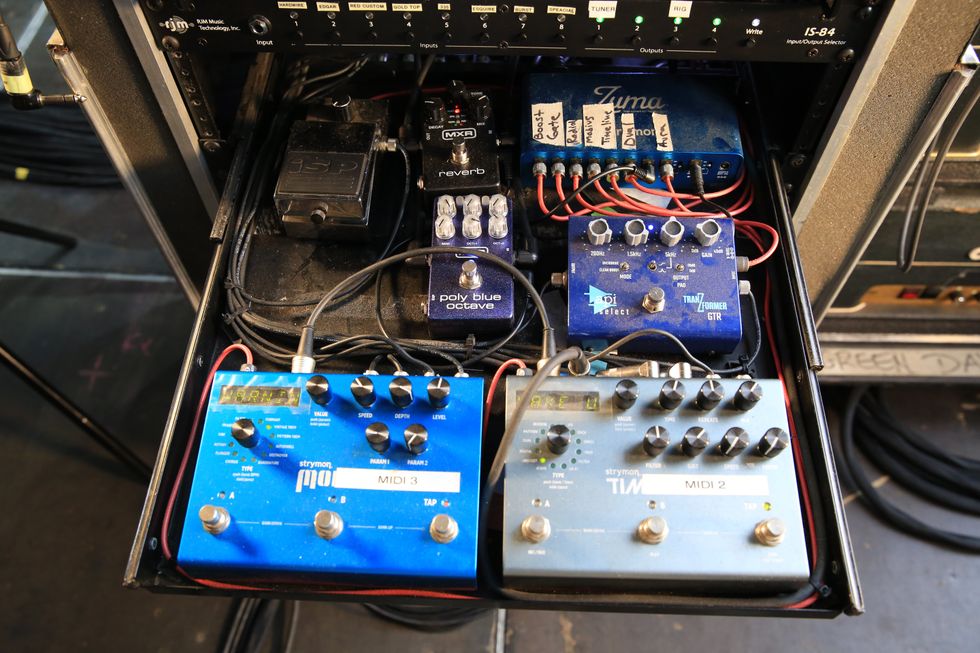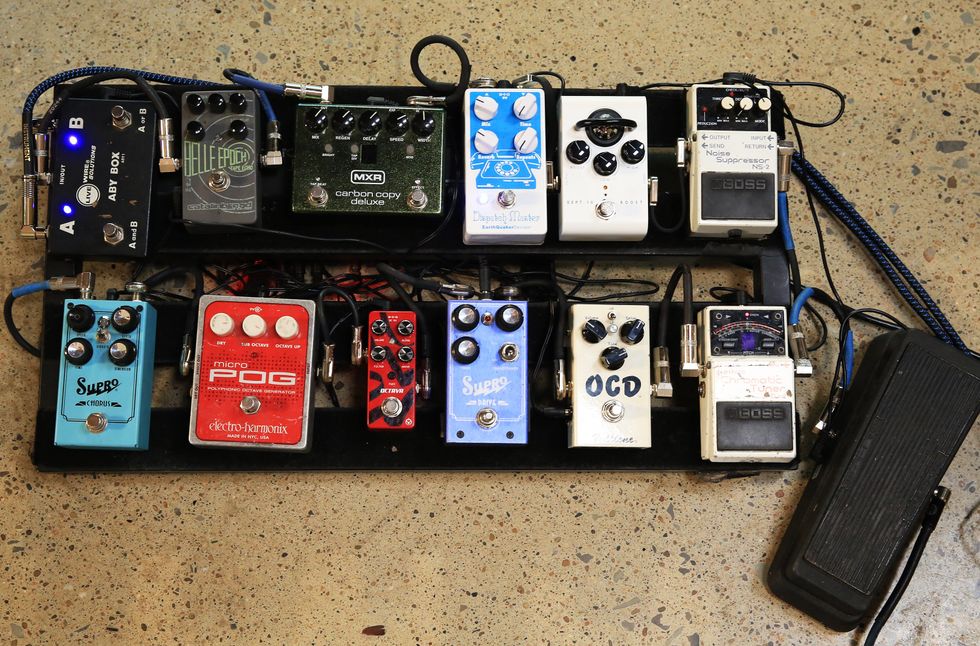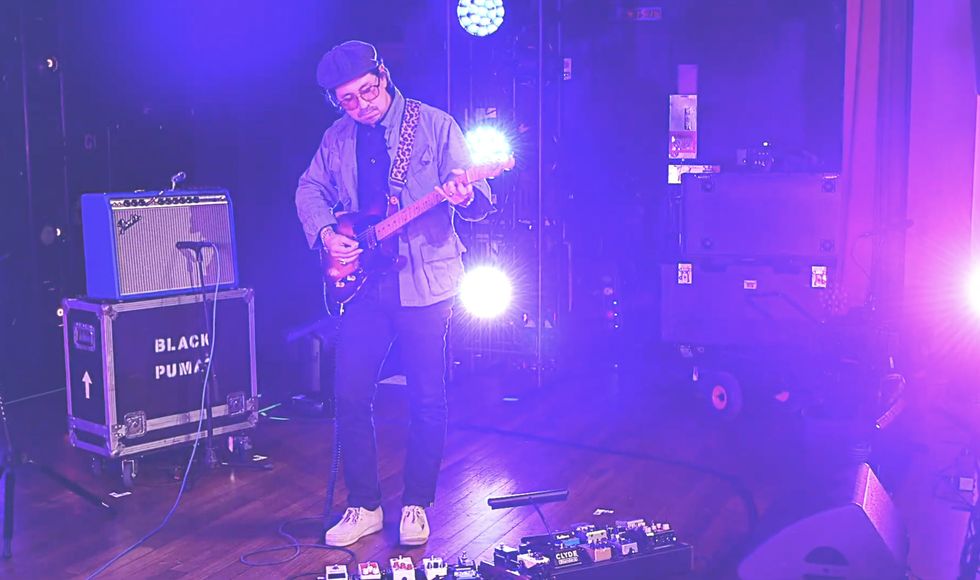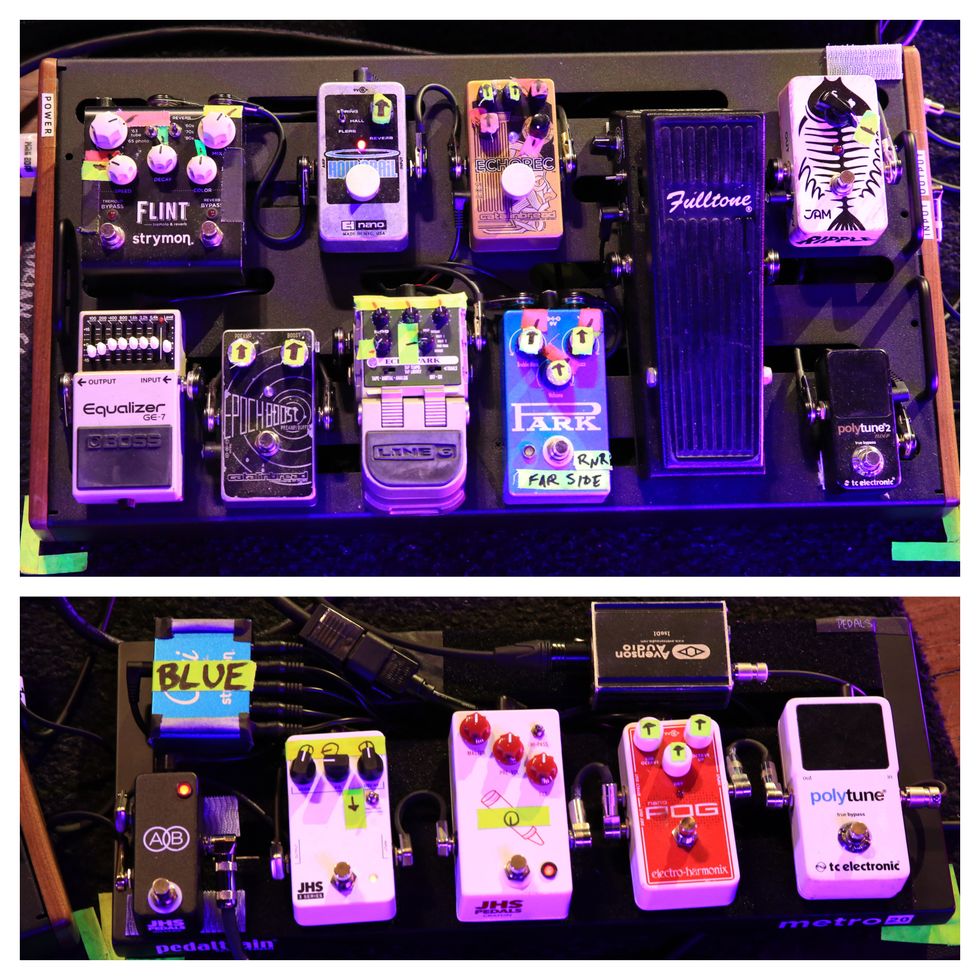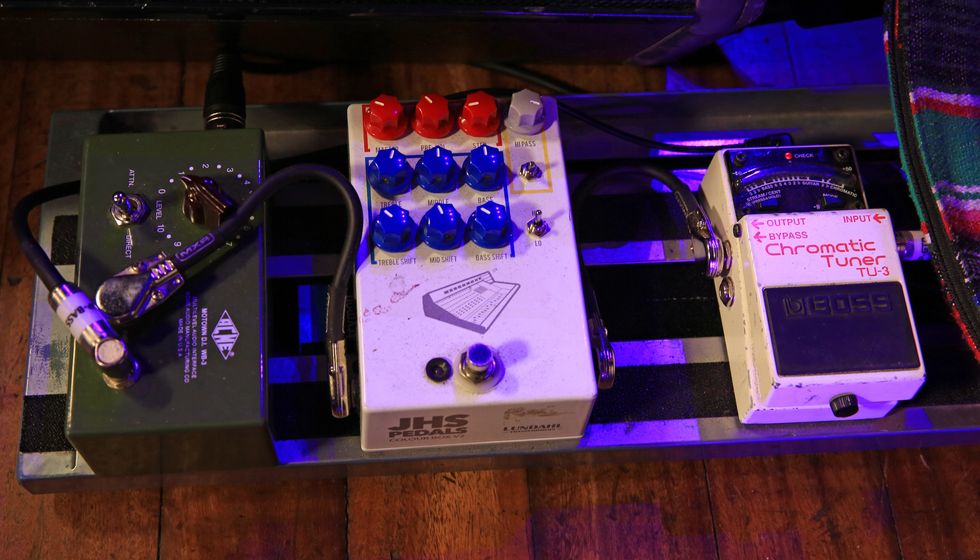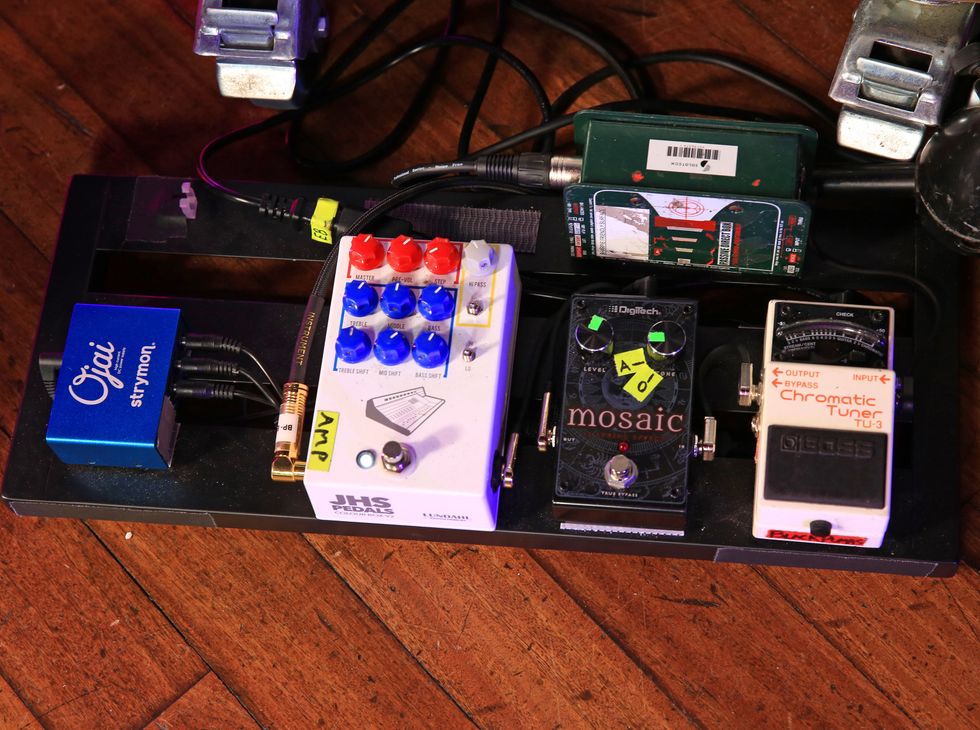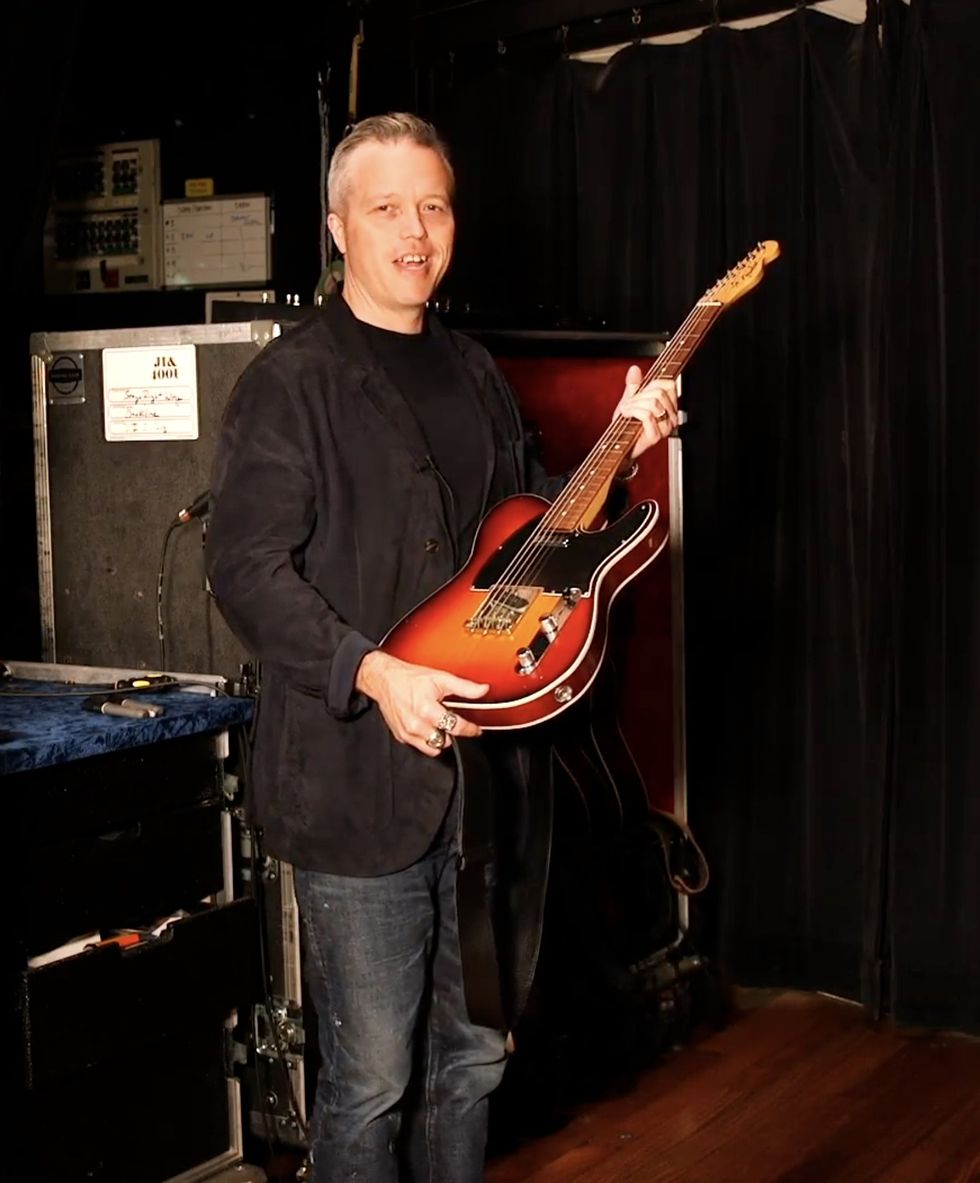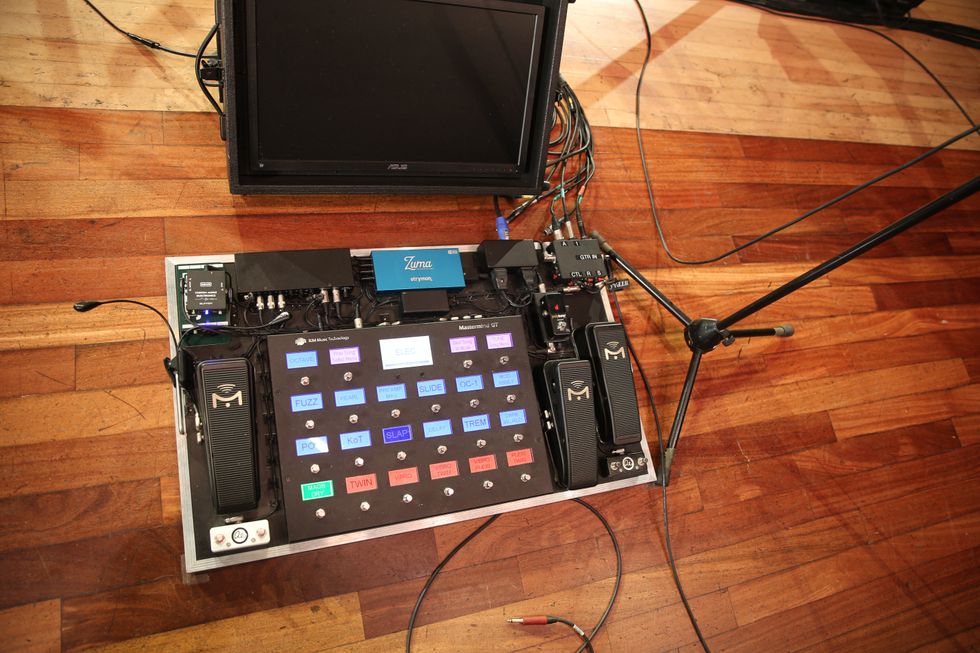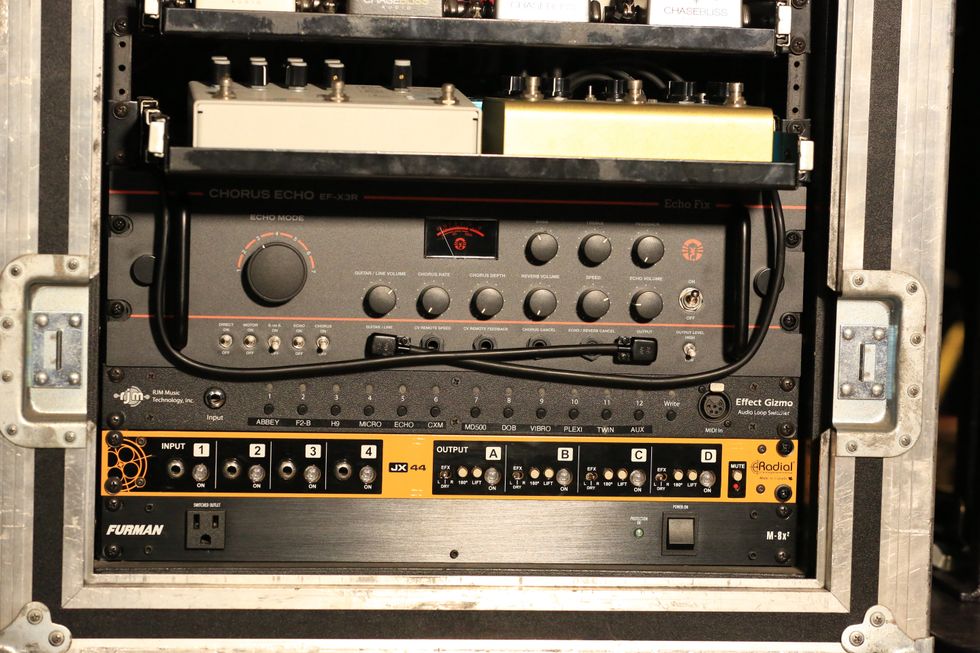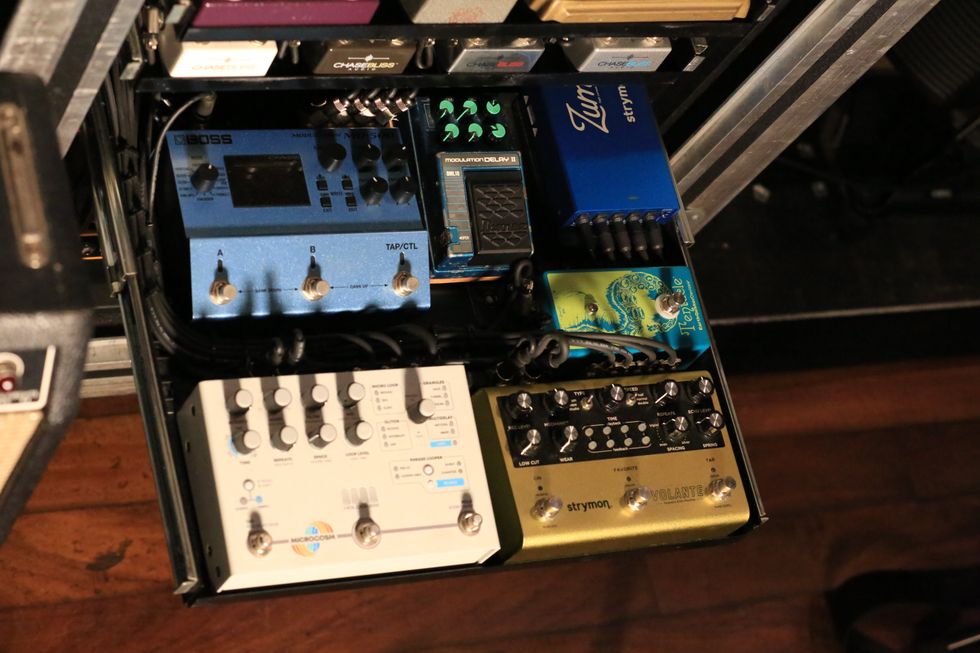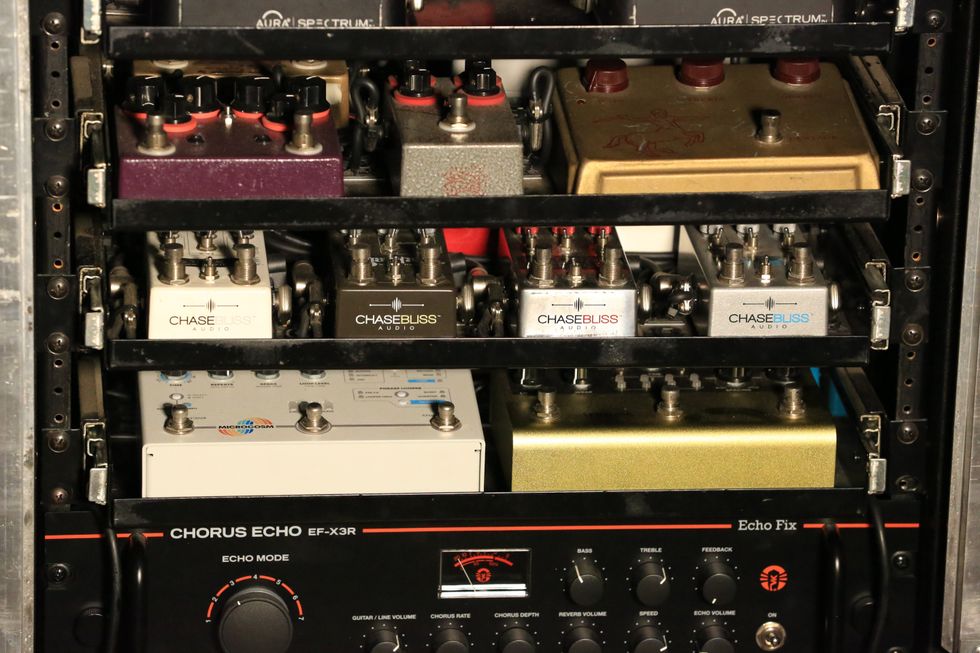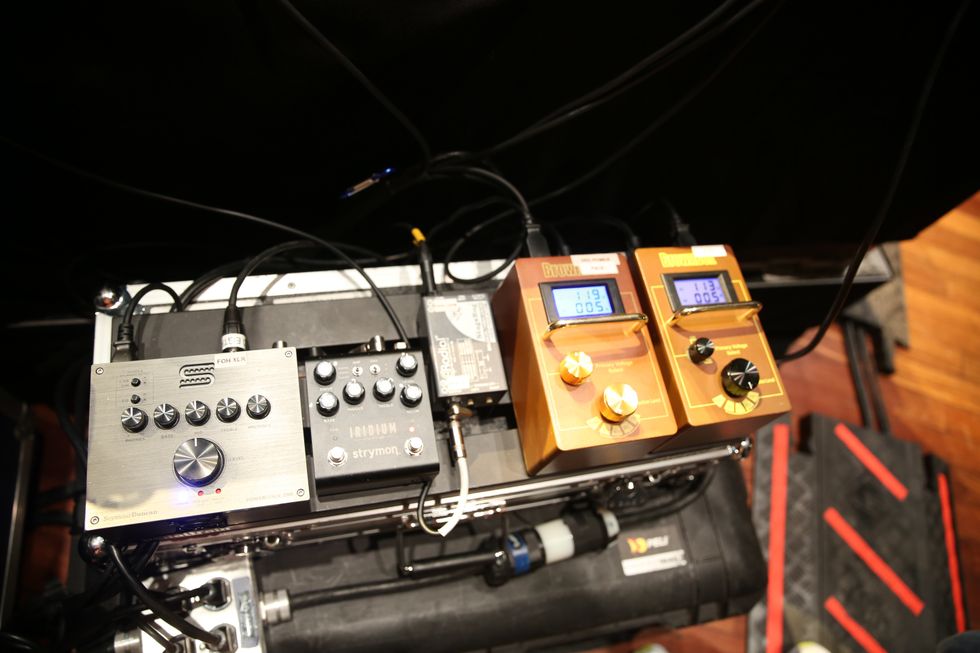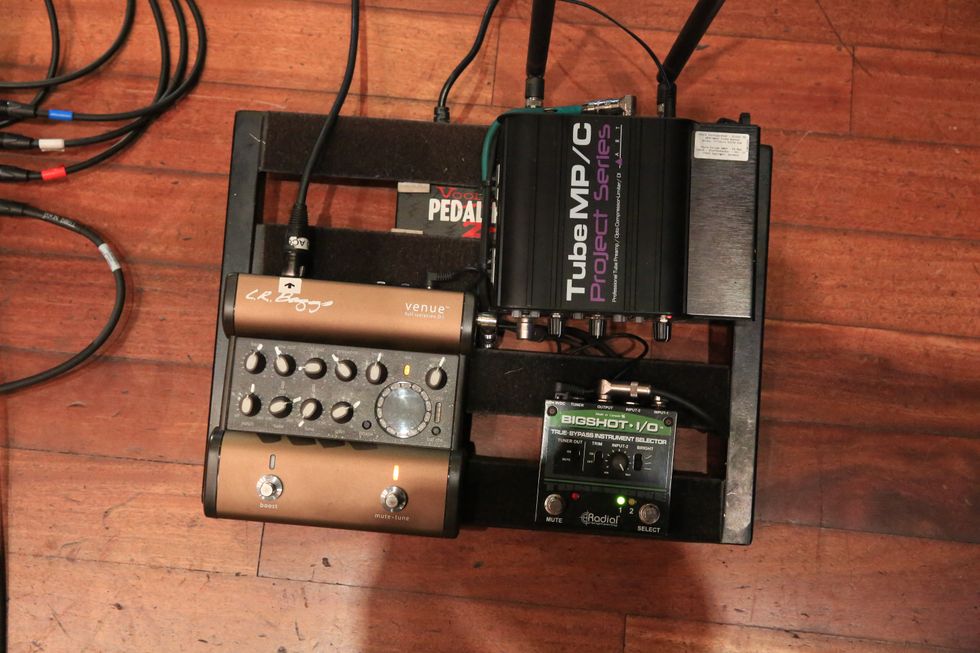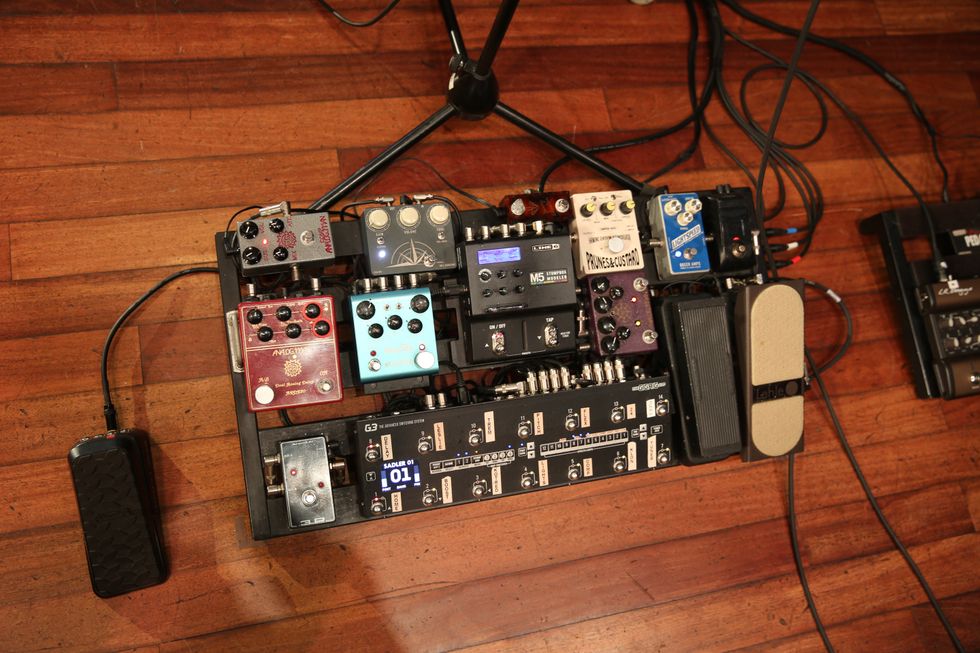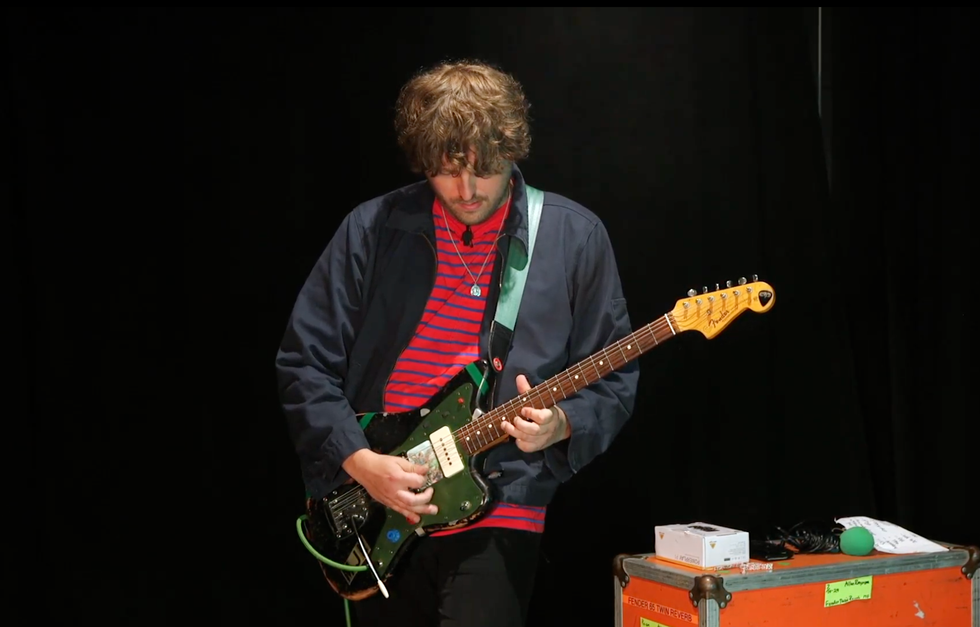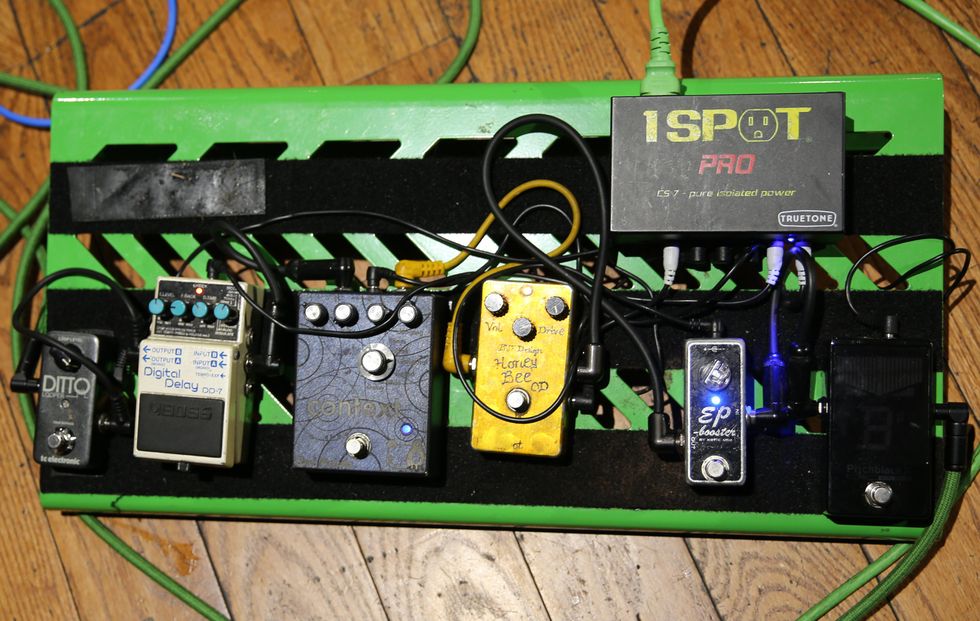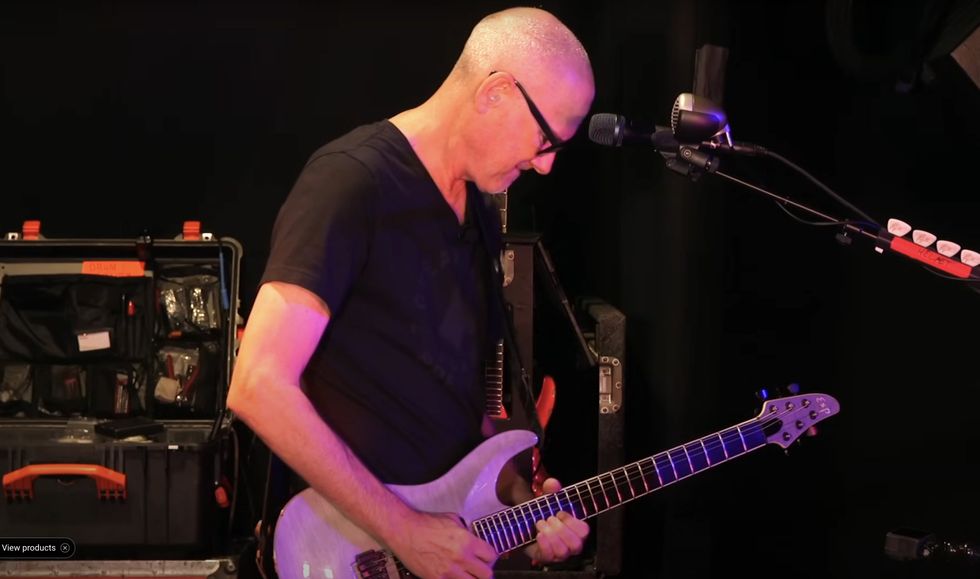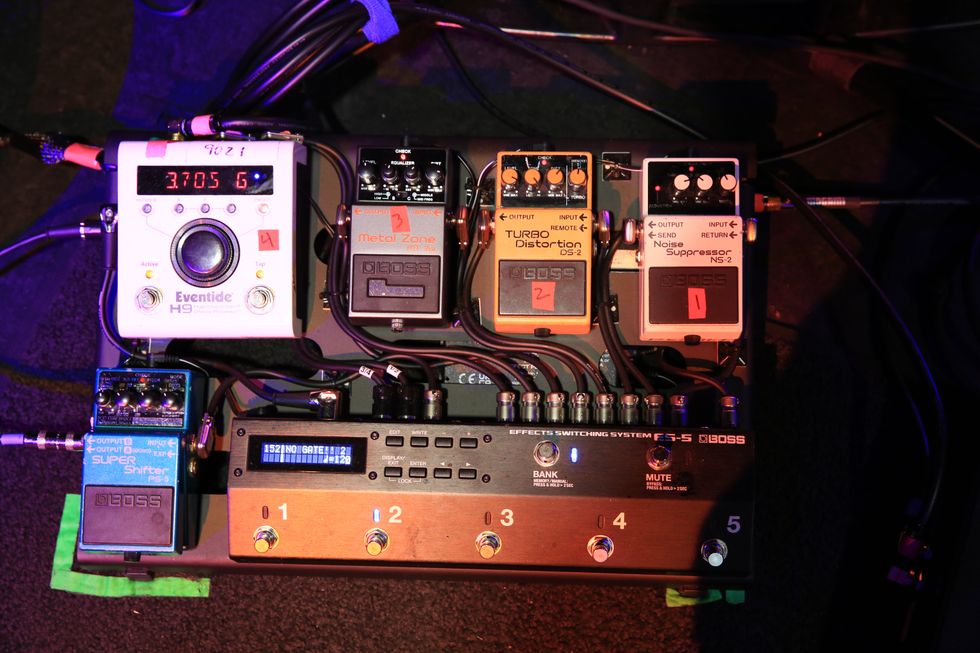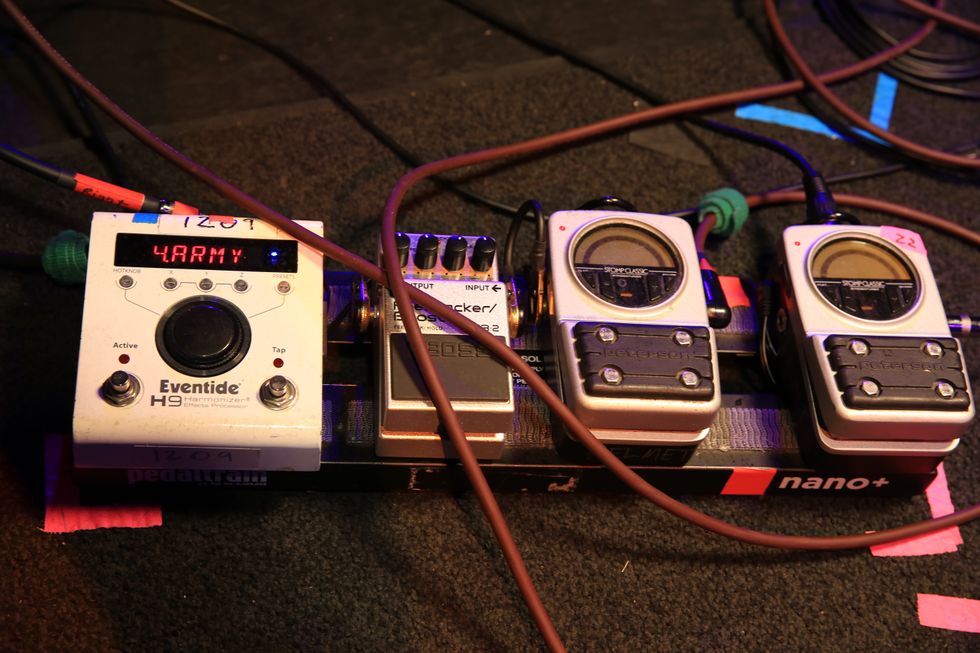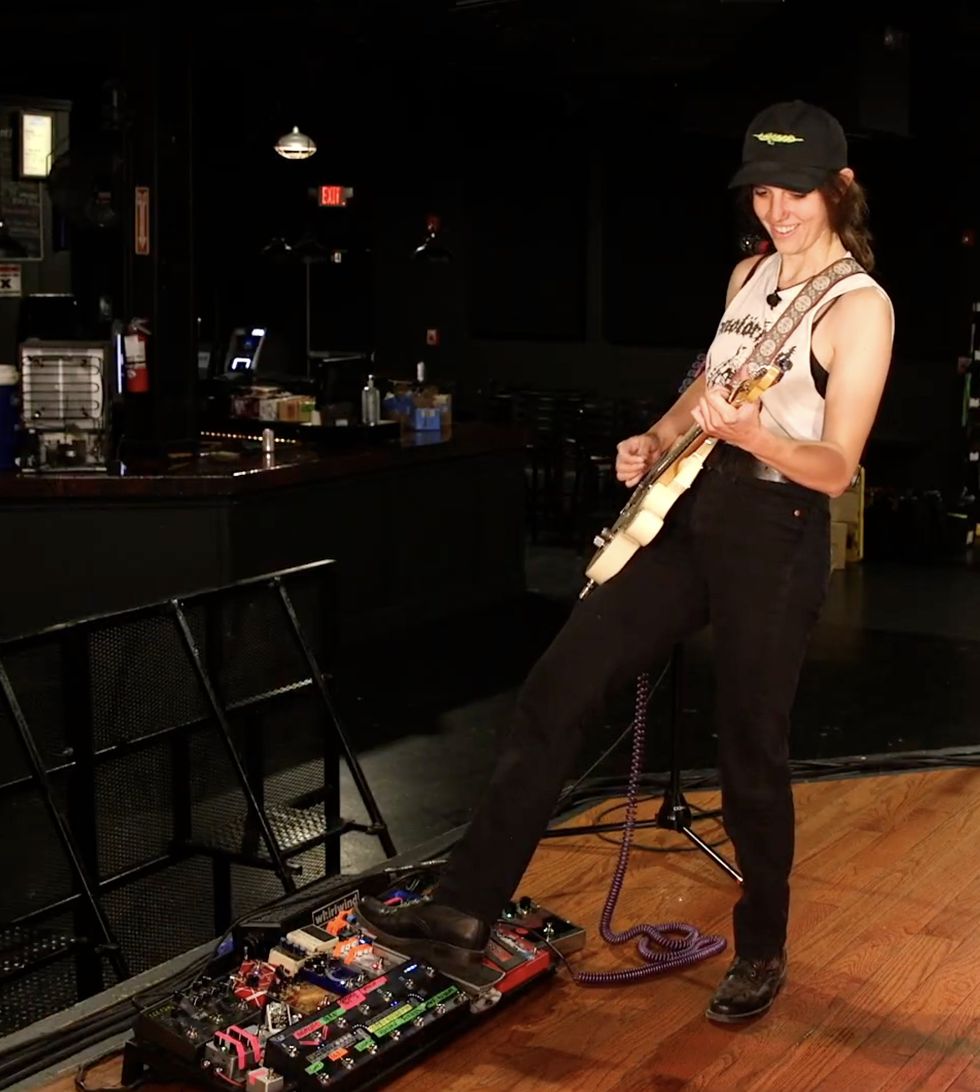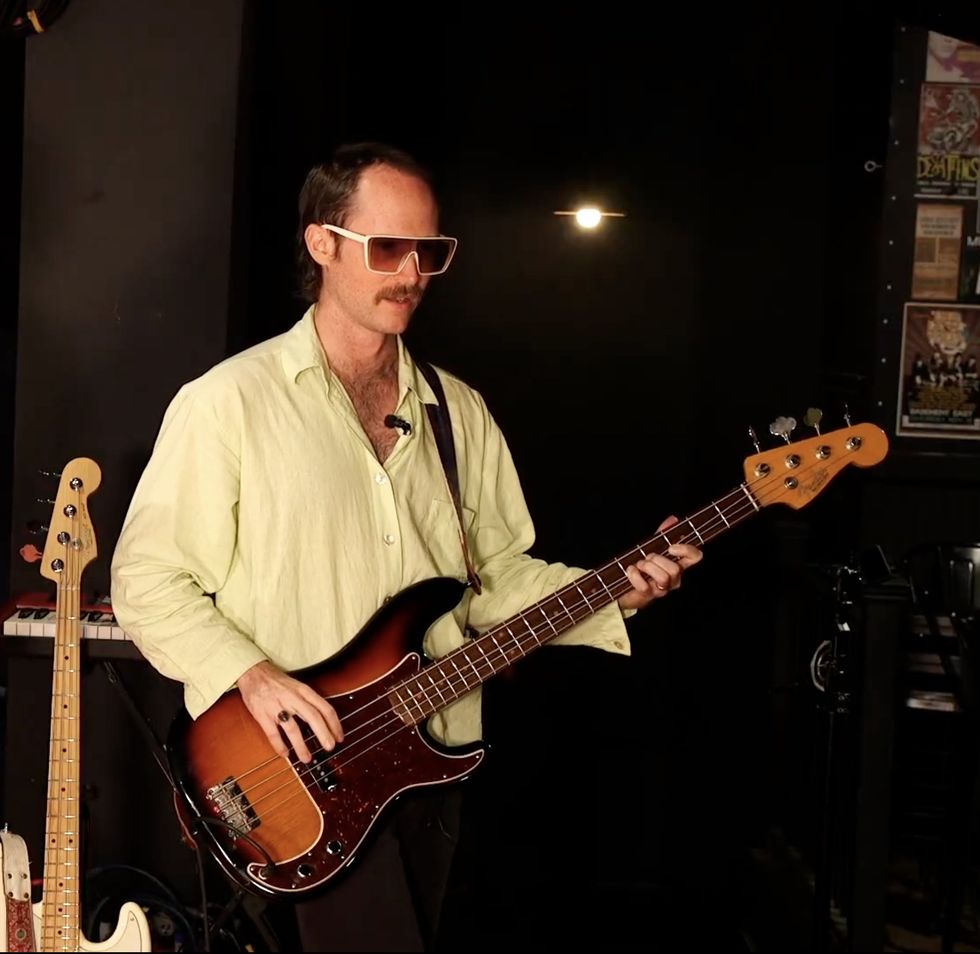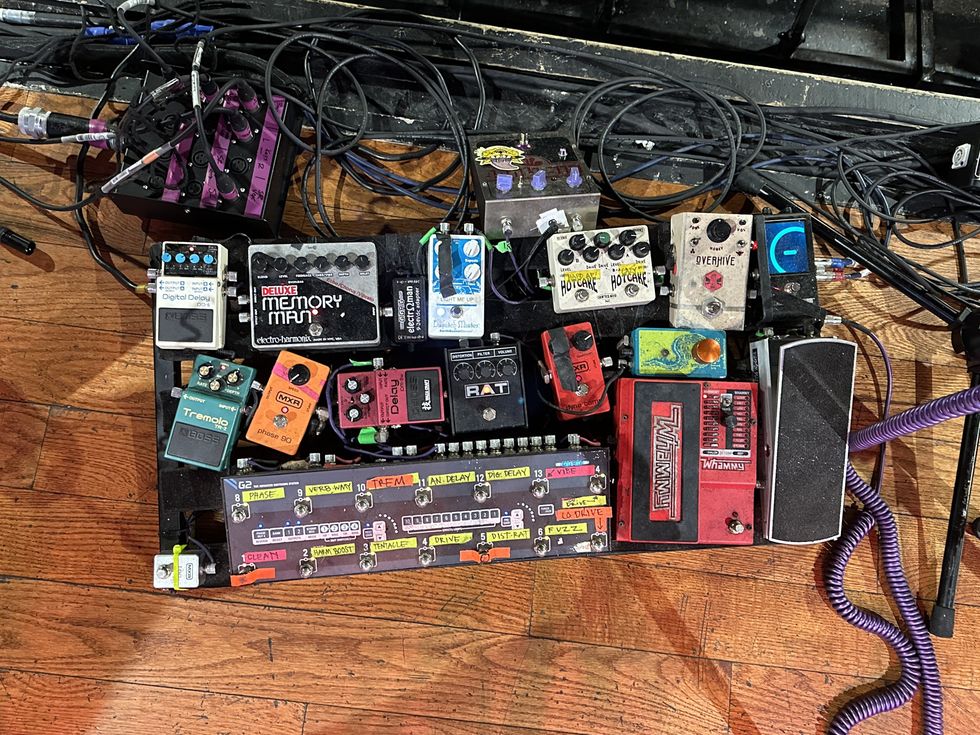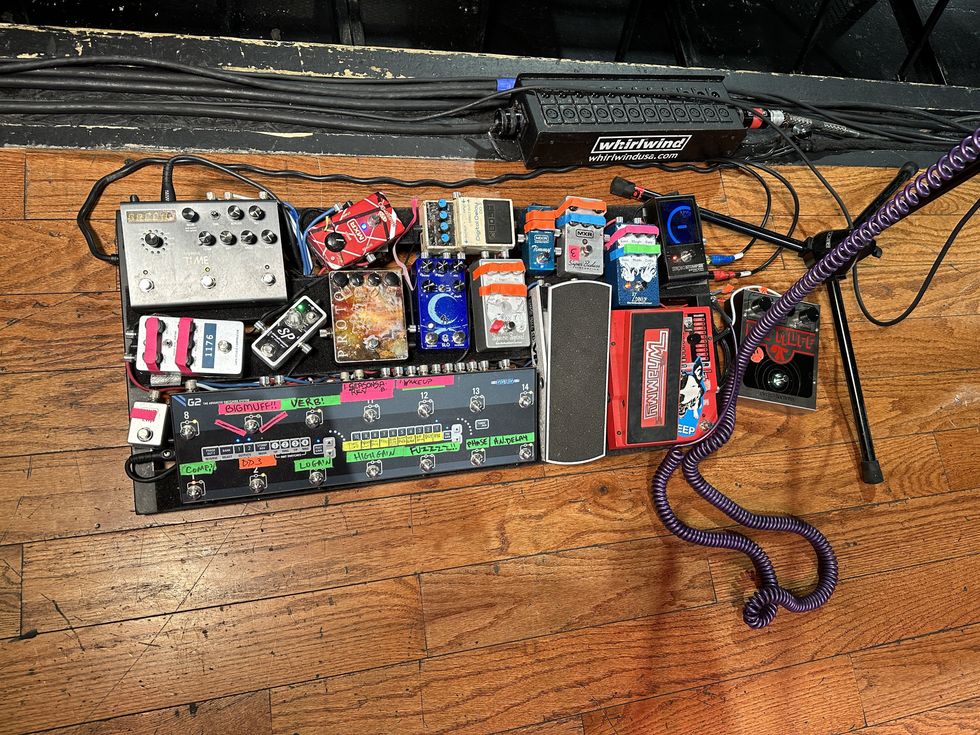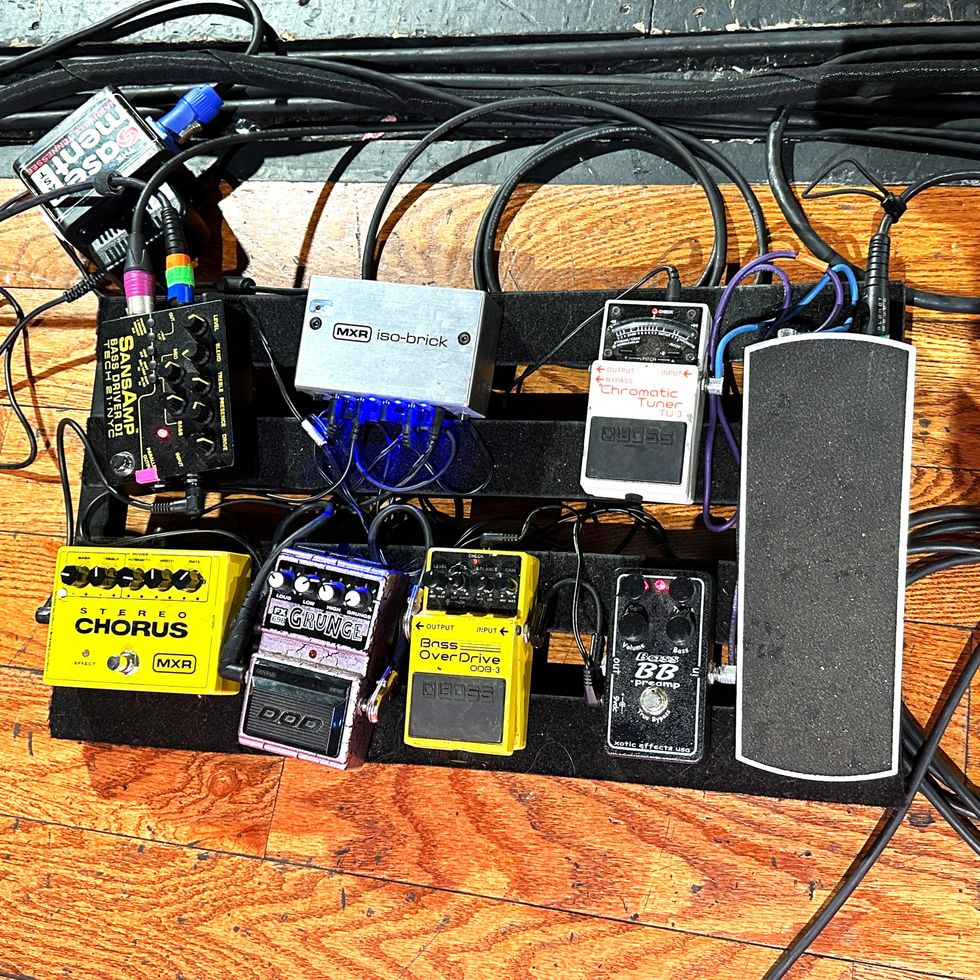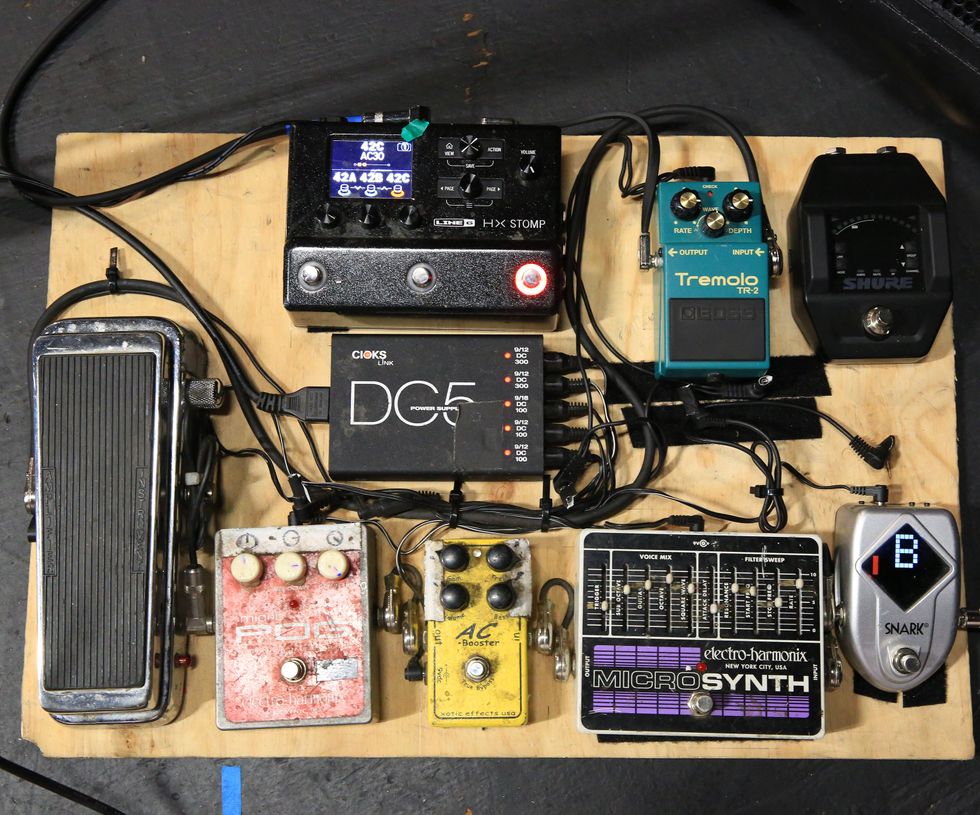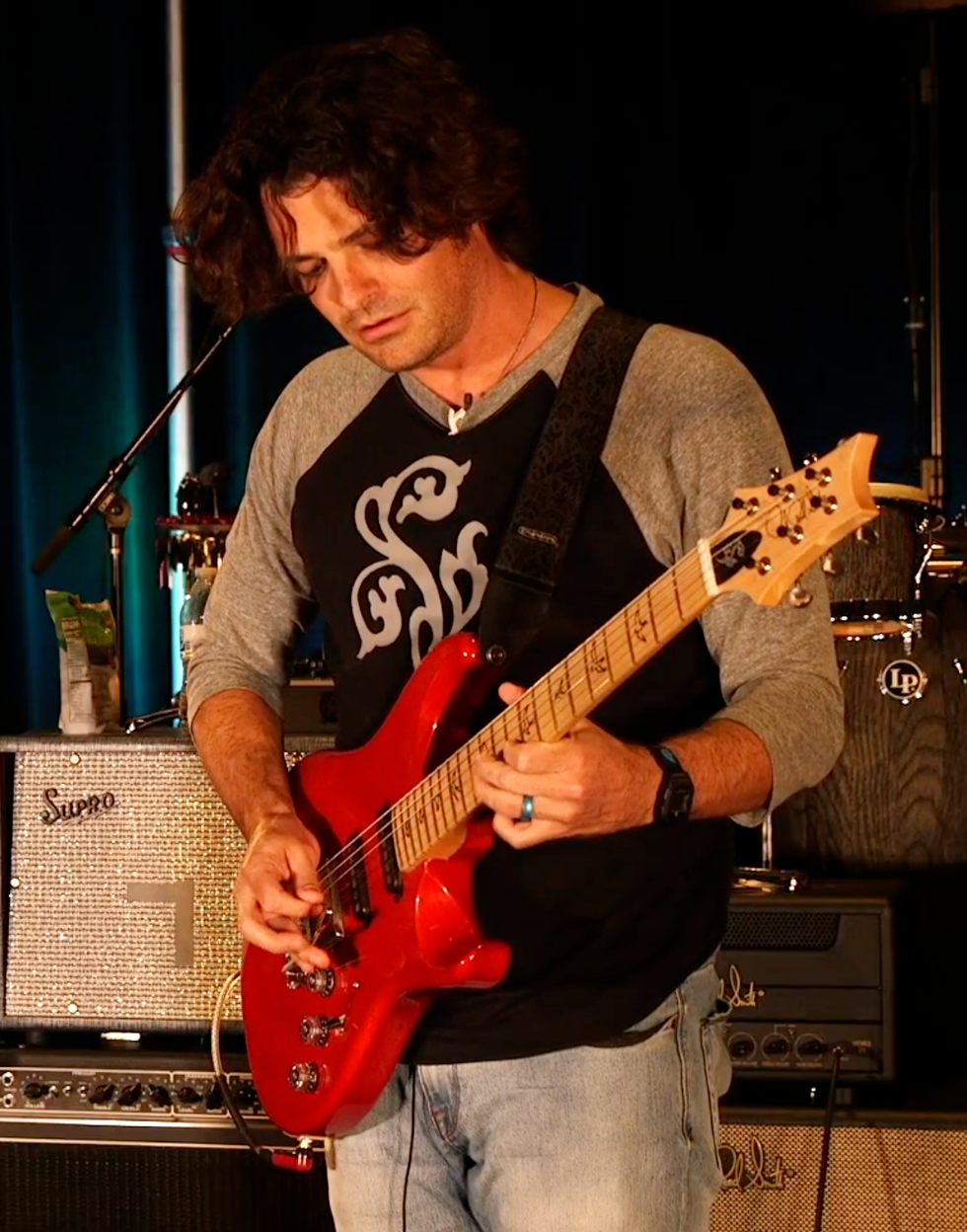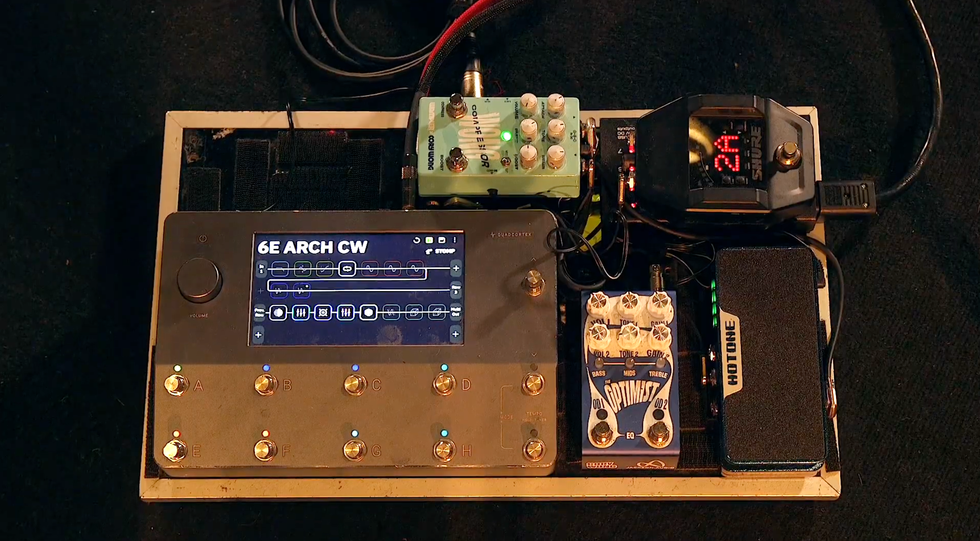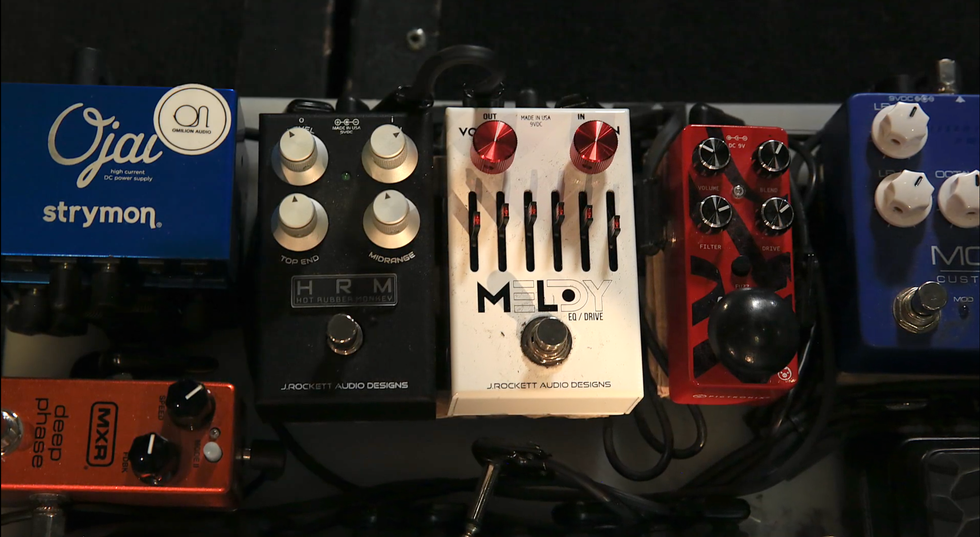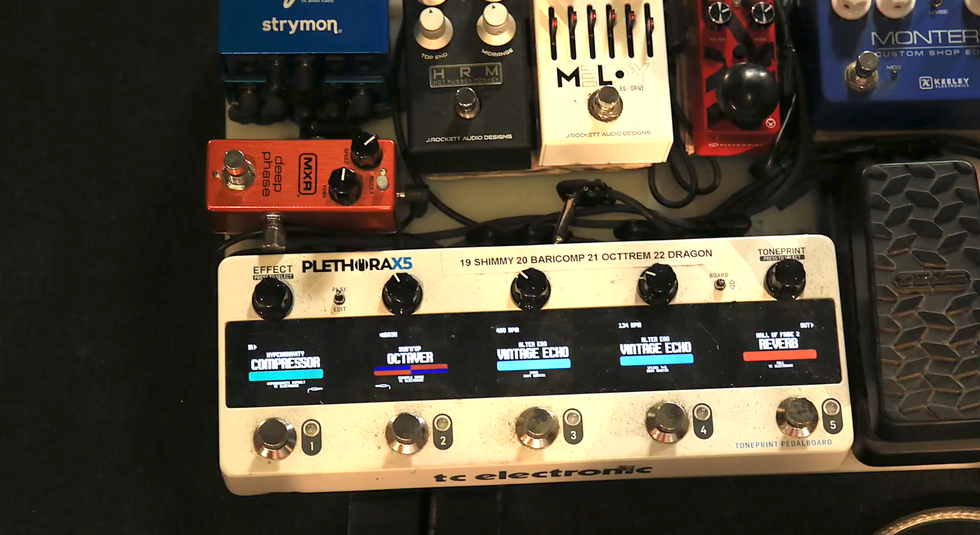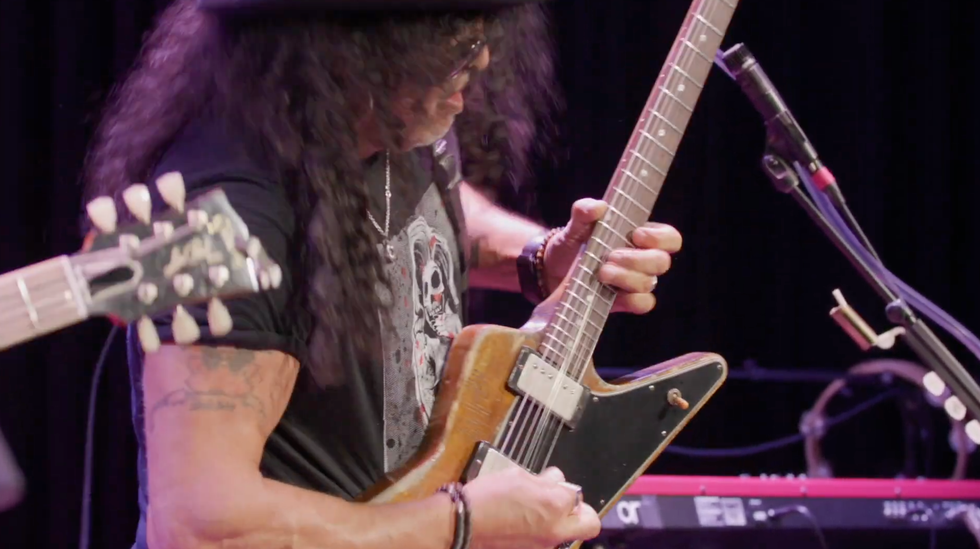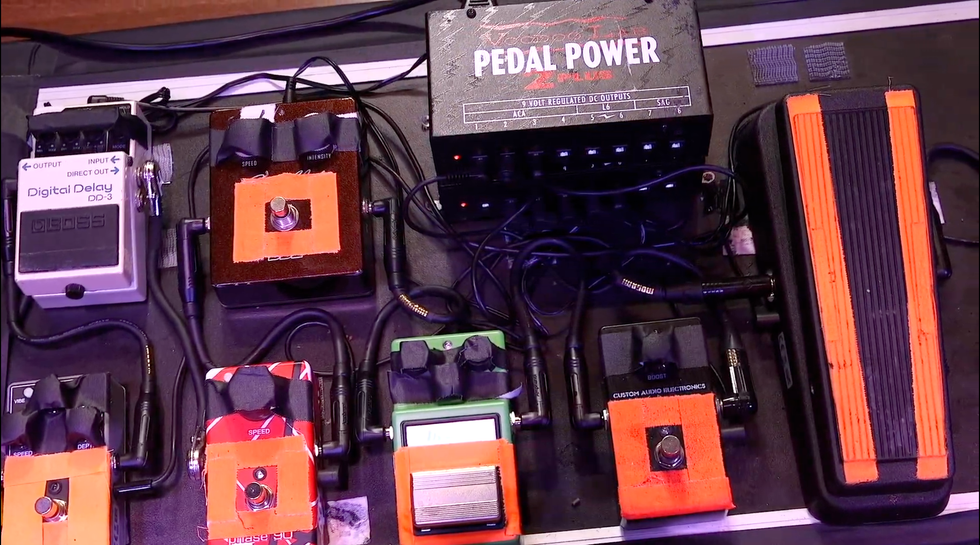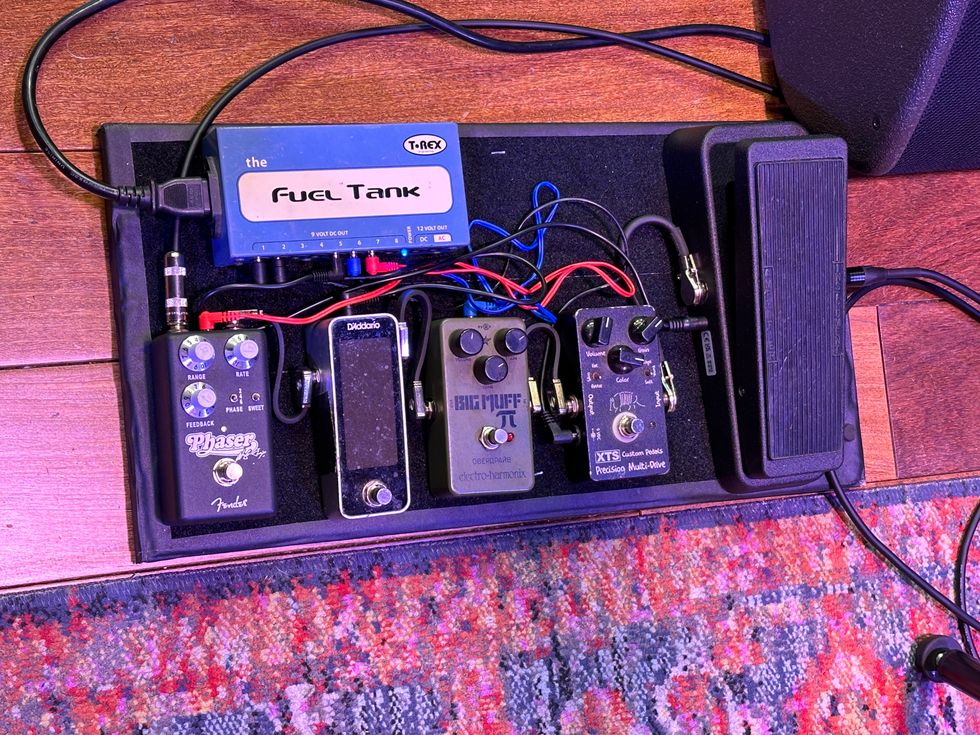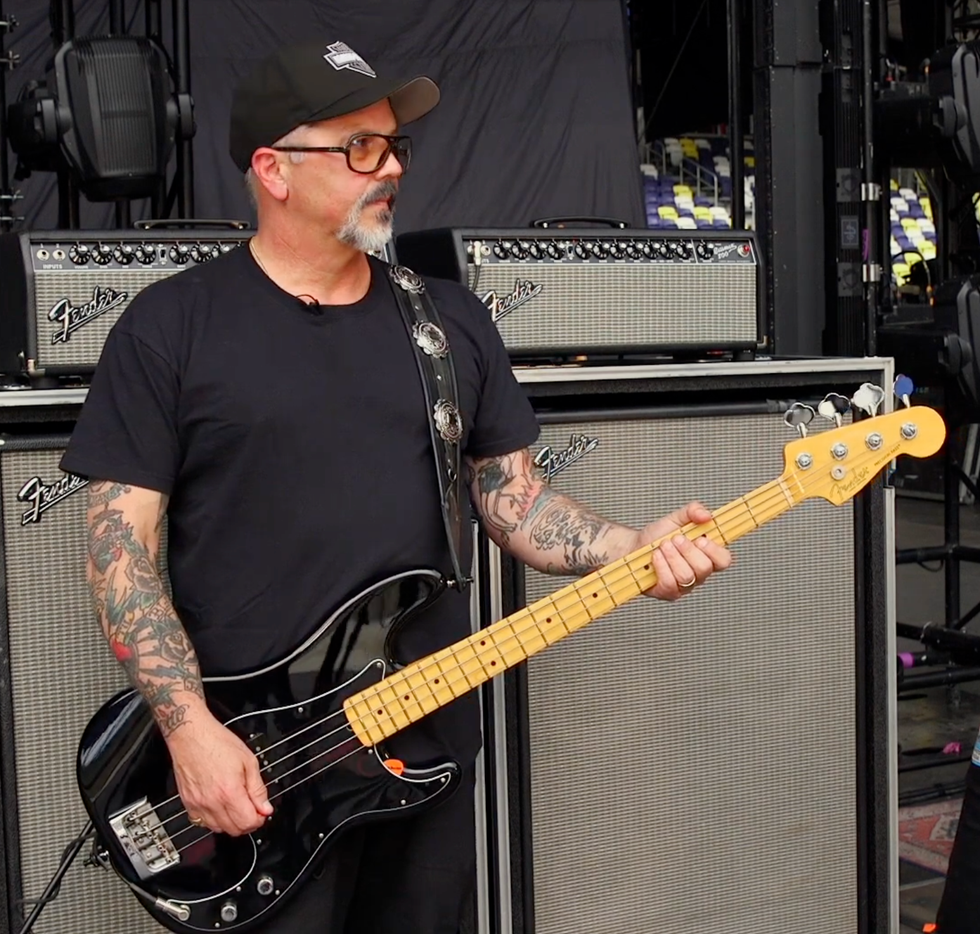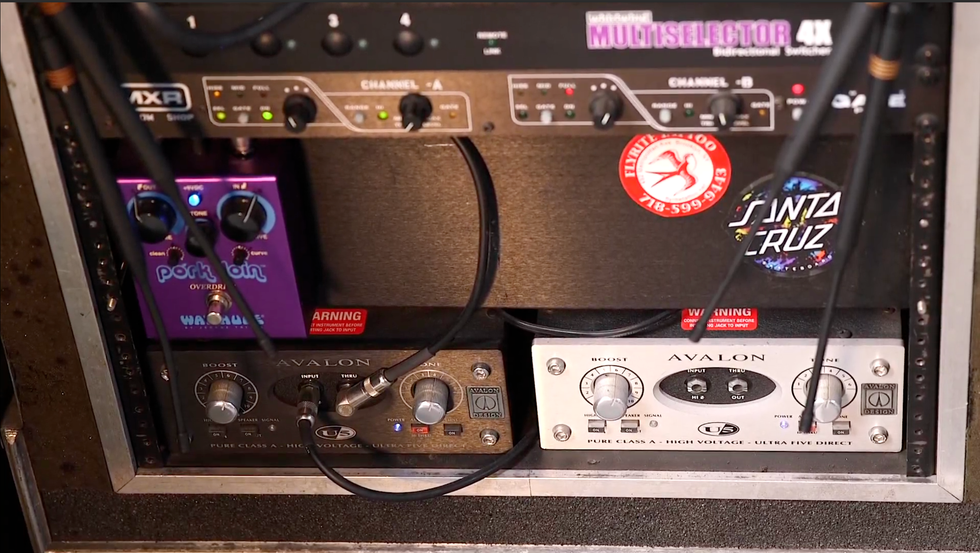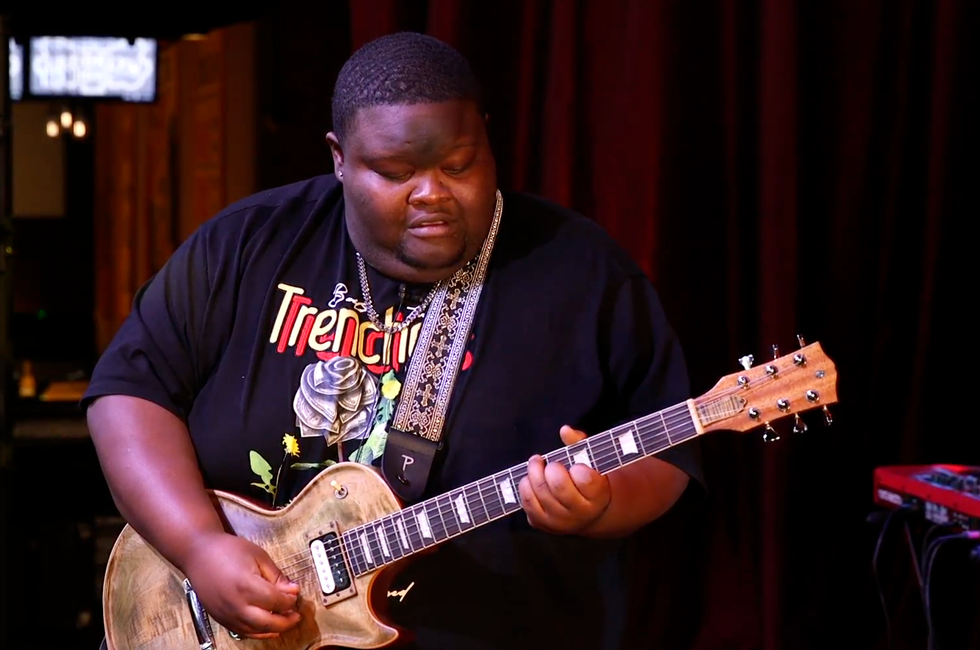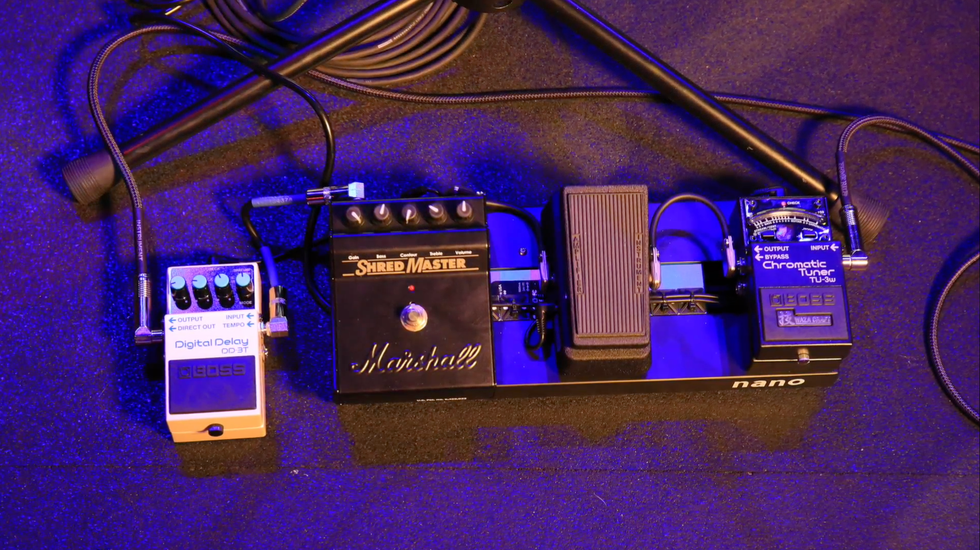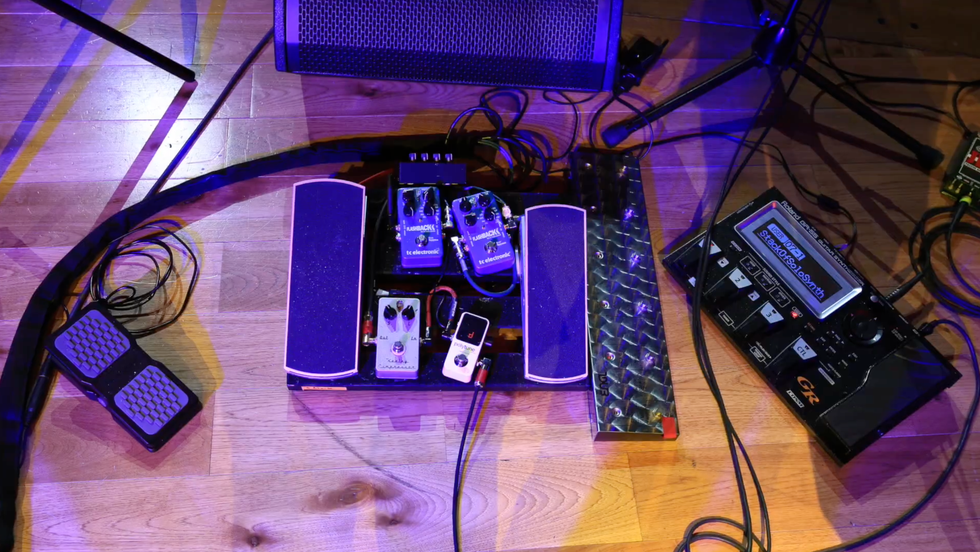Detroit. MI (June 26, 2017) -- Wallace Detroit Guitars, a Detroit-based guitar manufacturer that creates unique and timeless instruments out of reclaimed wood from local landmarks, announced its limited edition Brewster Wheeler Series is now in production. The new line of exclusive instruments are constructed of wood harvested from the historic Brewster Wheeler Recreation, which was frequented by many Detroit legends including music artists Diana Ross and the Supremes, boxing Joe Louis and many others.
“It’s really a premier series for us, since the story of Brewster Wheeler is such an amazing one and because the wood that we have discovered is truly unique,” said Mark Wallace, owner of Wallace Detroit Guitars. “The maple from the benches is beautiful, completely flawless and covered with black and dark blue paint. We are going to try to leave some of the original paint from the benches to show how far the wood has come from where it was originally.”
Keeping History Alive
Opening in 1929, the Brewster Wheeler Recreation Center was a hub for community activity and possibly best known as the gym where professional boxer Joe Louis trained. Many local musical legends, including Diana Ross and the Supremes and The Funk Brothers, lived in the nearby Brewster-Douglass Housing Projects and frequented the center.
The Brewster Wheeler Recreation Center officially closed in 2006 due to a lack of funding and a $50 million project is currently in the works to redevelop the space that has been vacant ever since.
“For a long while, The Brewster Wheeler building was a symbol of urban decay, but that environment bred some of Detroit’s brightest musical stars like Diana Ross who used to hang out at the center,” Wallace said. “I was very excited to be able to pull wood that was thought to be a lost cause and turn it into heirloom quality musical instruments.”
Featuring solid maple bodies and rosewood fretboards, Wallace Detroit Guitars will produce 15 exclusive single-cutaway guitars, each featuring hand scatter-wound pickups for a classic vintage sound. The guitars will be engraved with a specially assigned serial number beginning with the numbers 313 in homage to Detroit’s area code, and a separate prefix number specific to this series.
Breathing New Life into Detroit's Past
Last month, Wallace Detroit Guitars released its Firehouse Series of guitars crafted out of reclaimed wood from the historic Detroit Fire Department Headquarters building, which stood on a site that had been used by Detroit fire departments continuously since the 1840s. The existing structure was built in 1929, but the Fire Department Headquarters were moved in 2013 to make way for the boutique Detroit Foundation Hotel.
The Firehouse Series instruments — which are available now — are constructed of salvaged pine and maple from the storied building’s floorboards.
Each instrument that Wallace Detroit Guitars makes features a certificate of authenticity and ships with a one-of-a-kind handmade guitar strap fashioned out of reclaimed car upholstery and a hard-shell leather case.
For more information:
Wallace Detroit Guitars
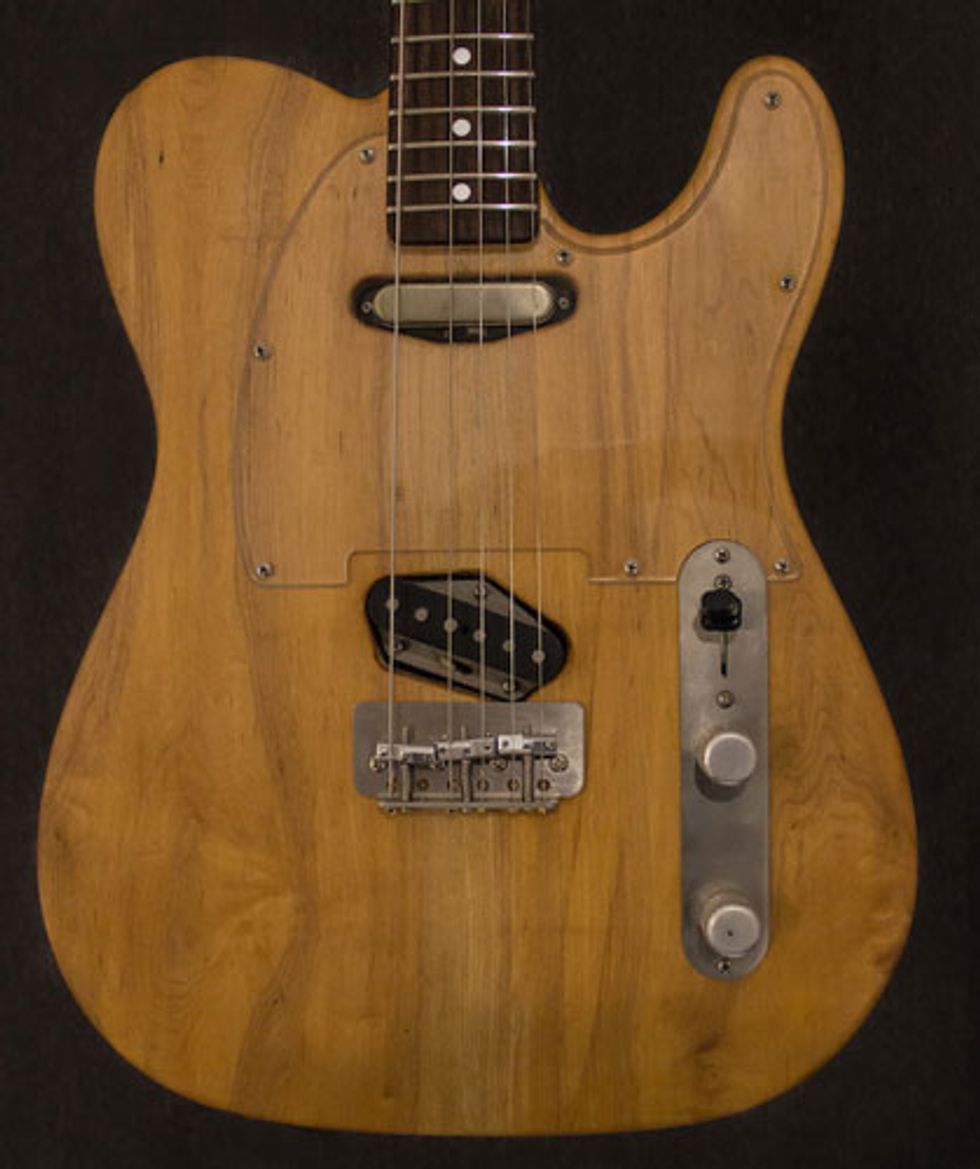
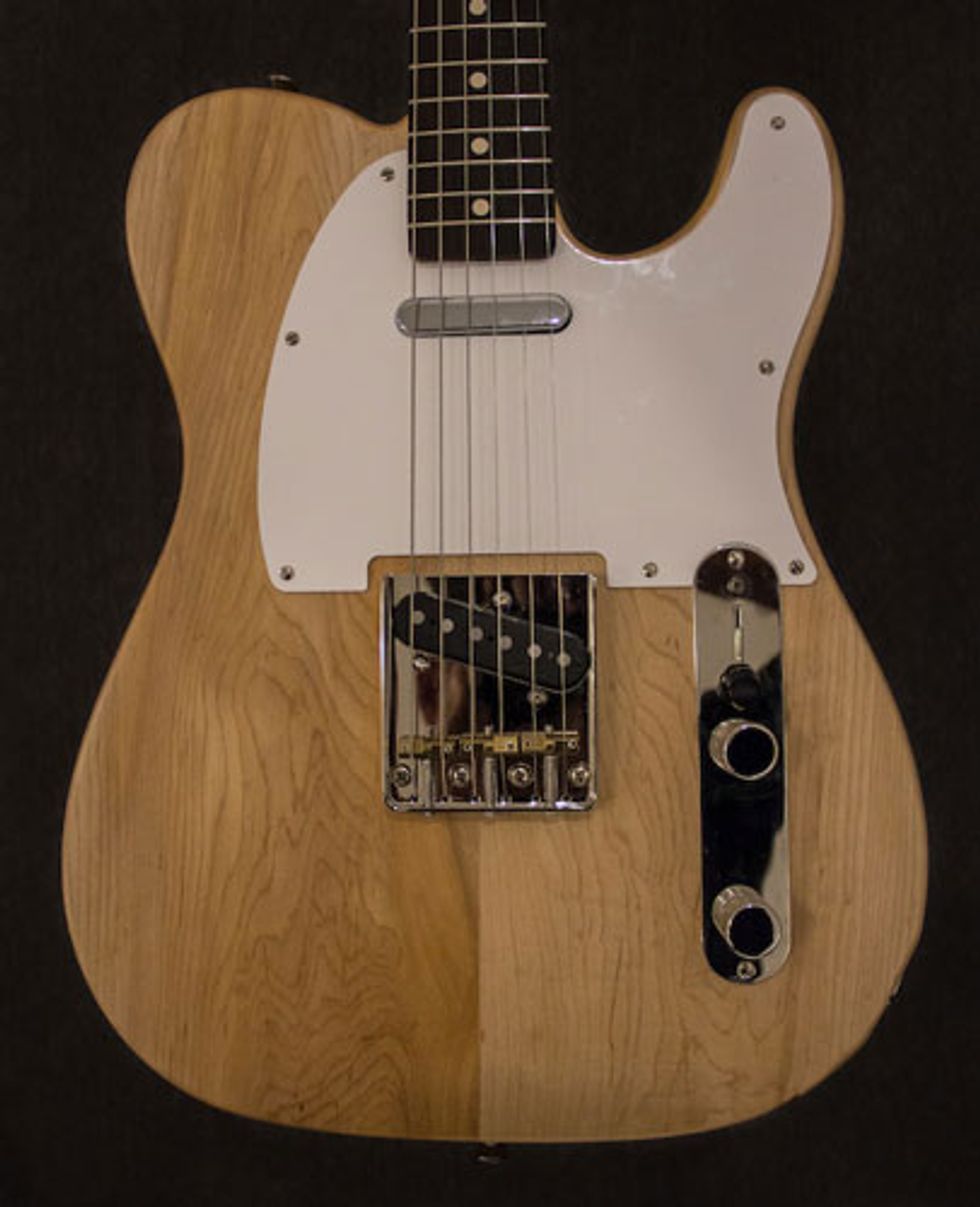
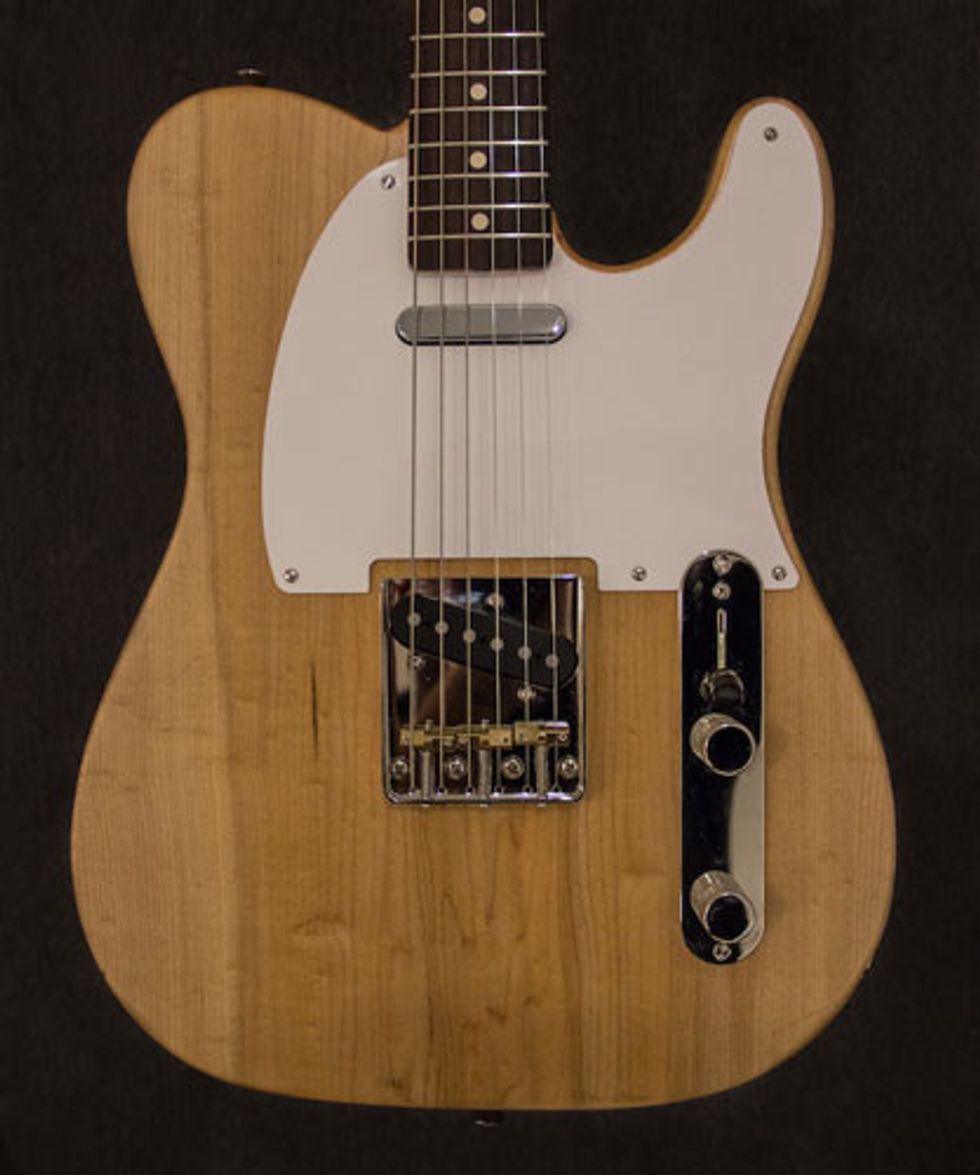



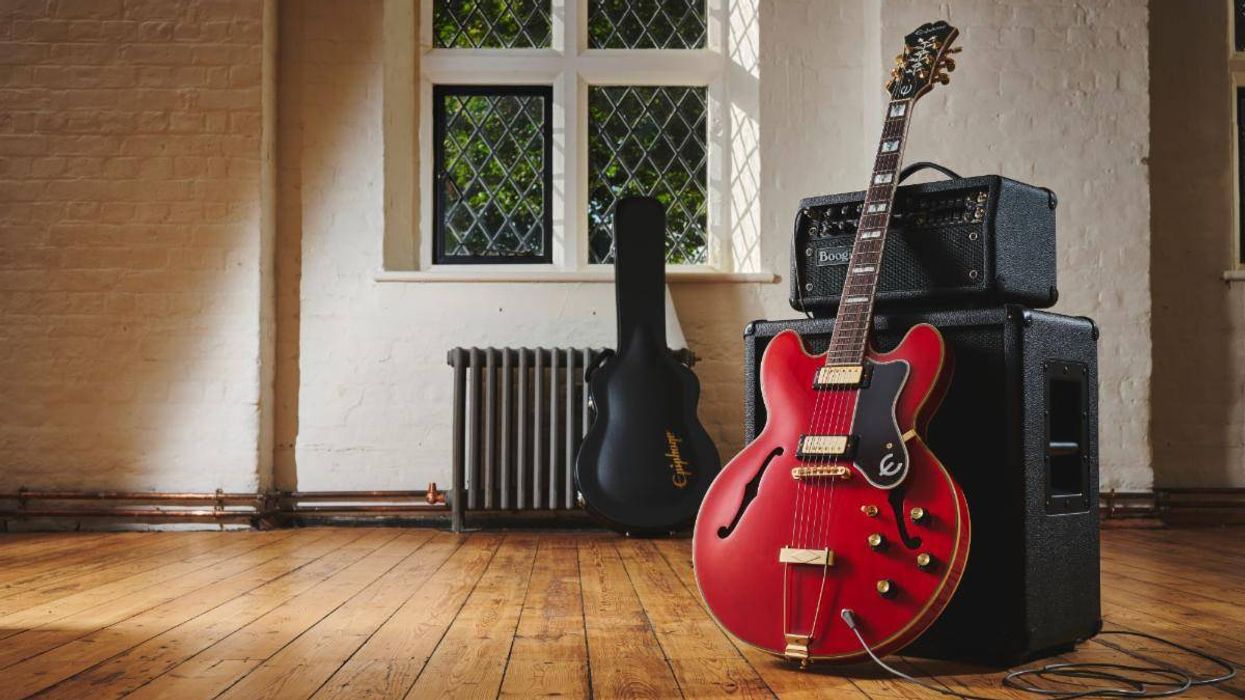



![Devon Eisenbarger [Katy Perry] Rig Rundown](https://www.premierguitar.com/media-library/youtube.jpg?id=61774583&width=1245&height=700&quality=70&coordinates=0%2C0%2C0%2C0)


















